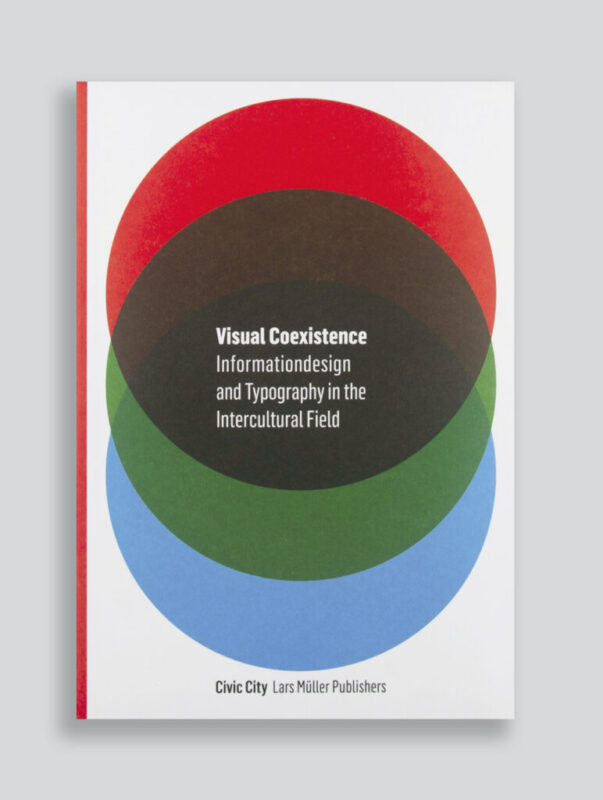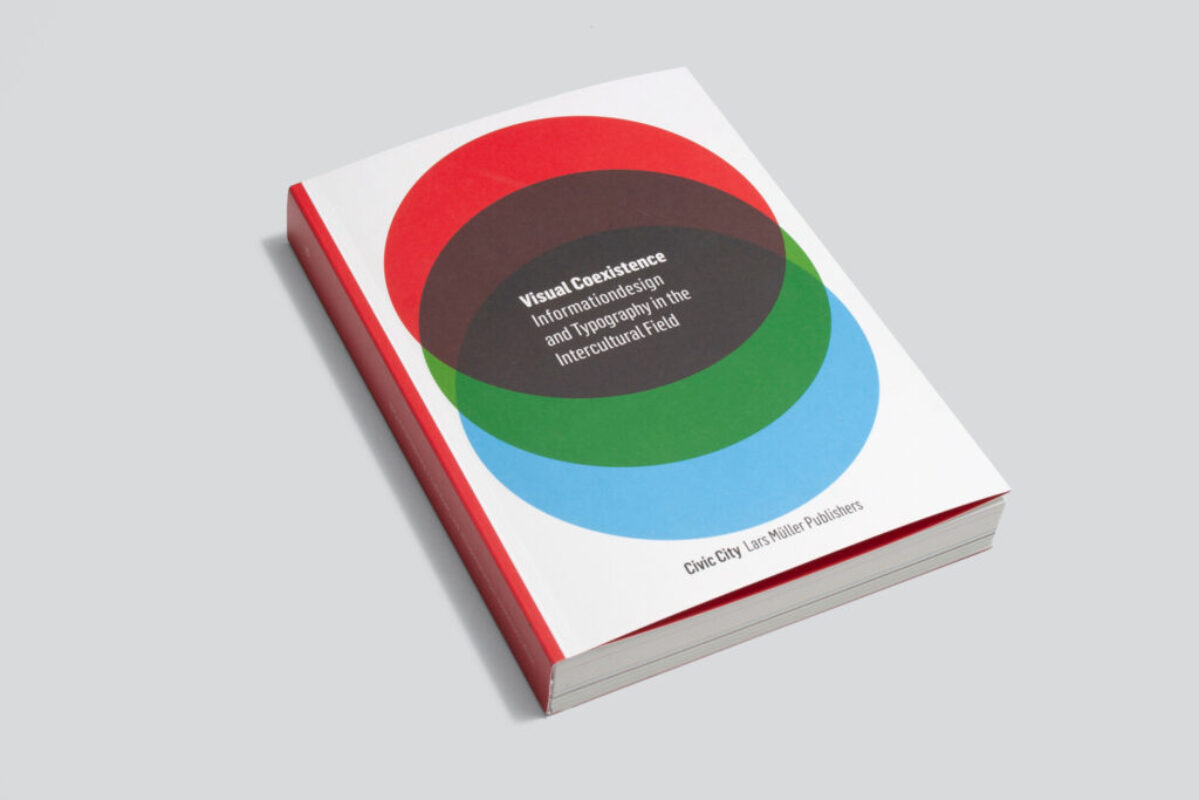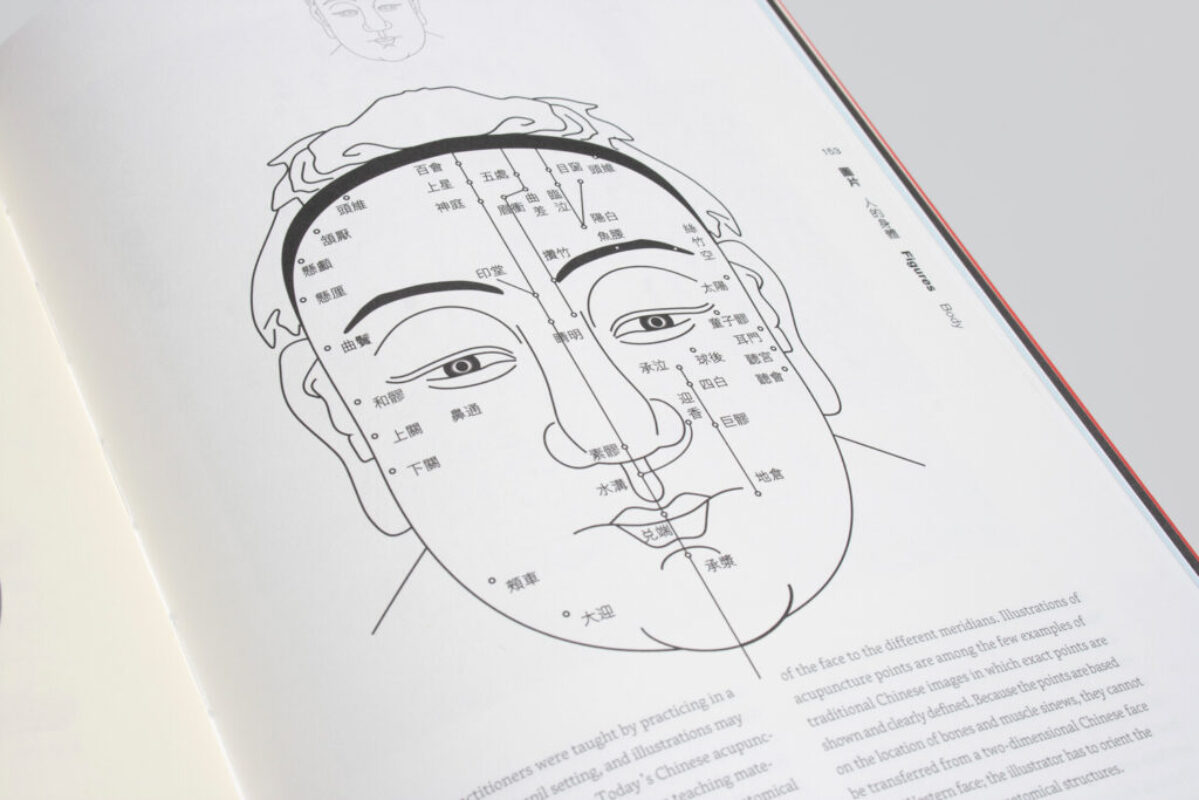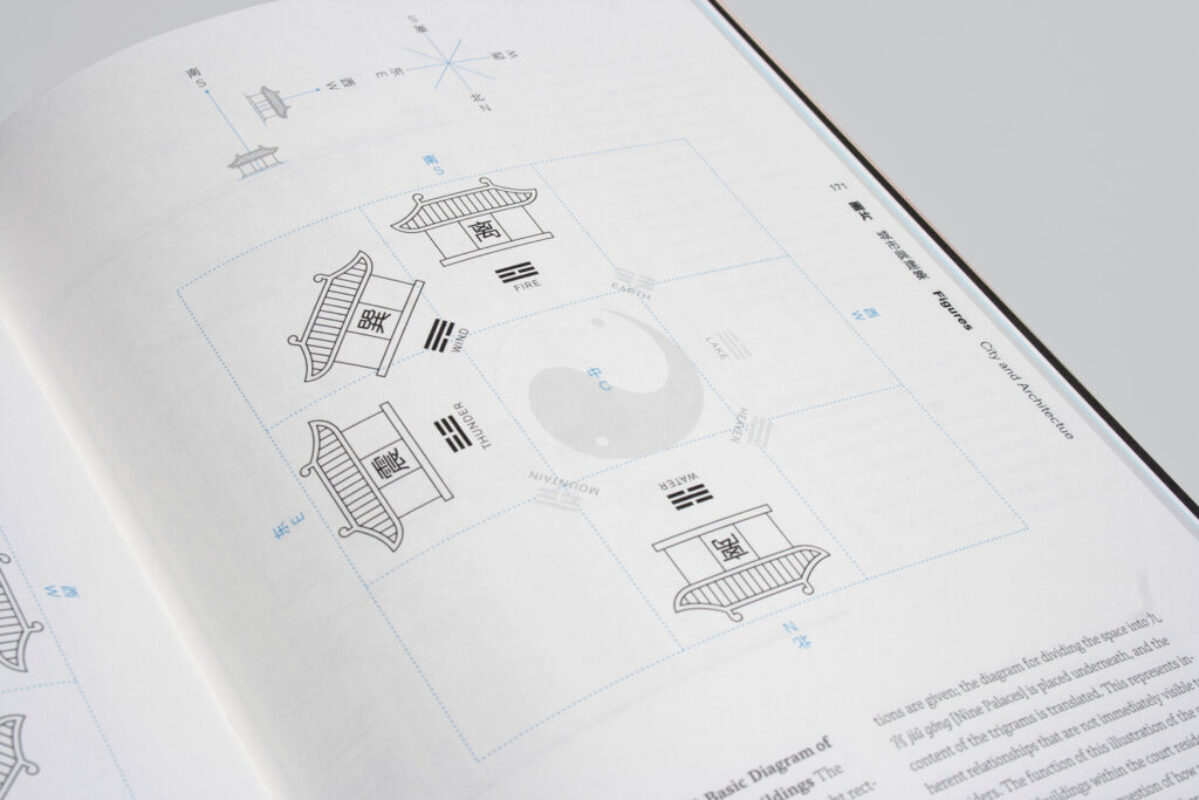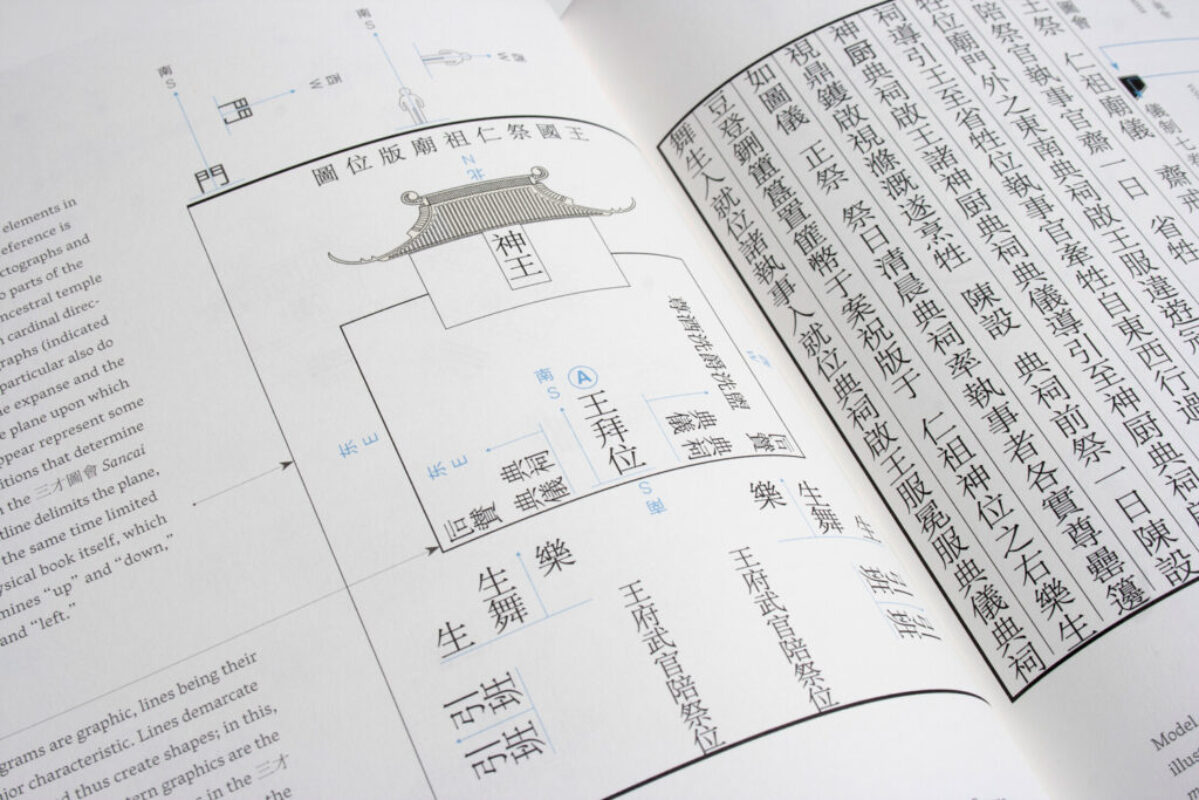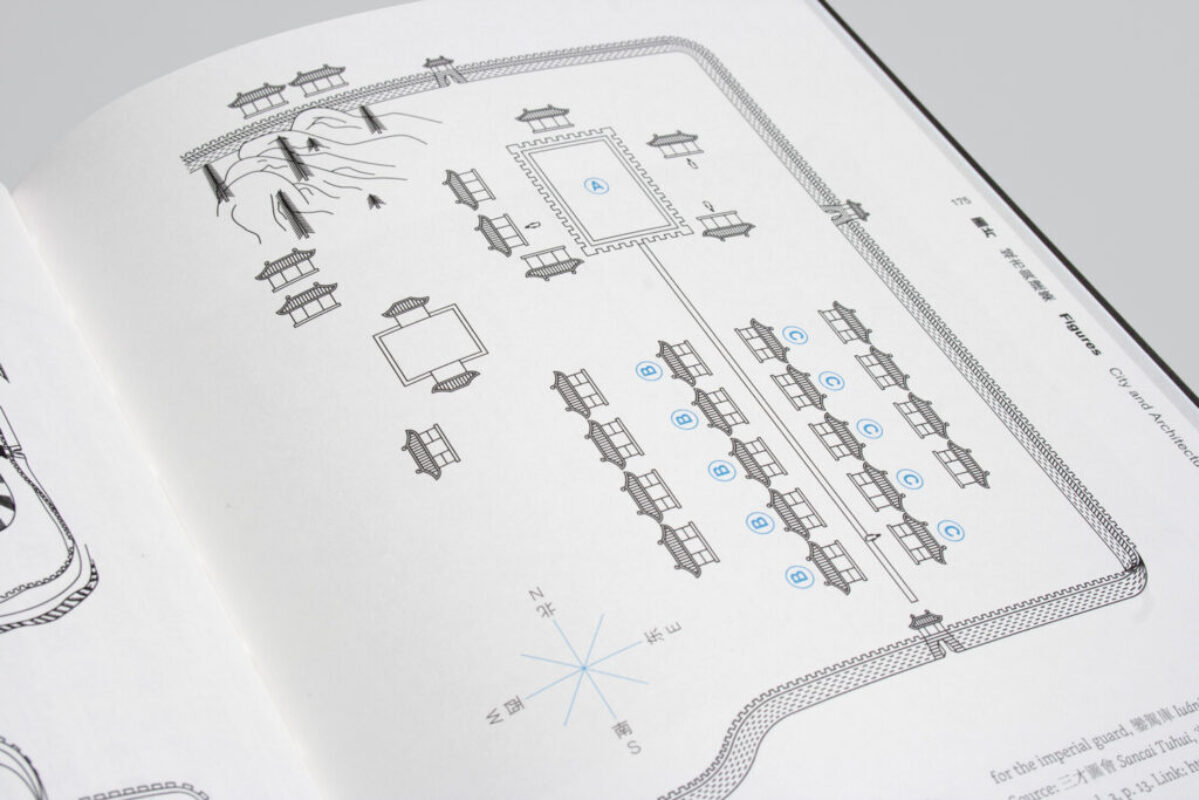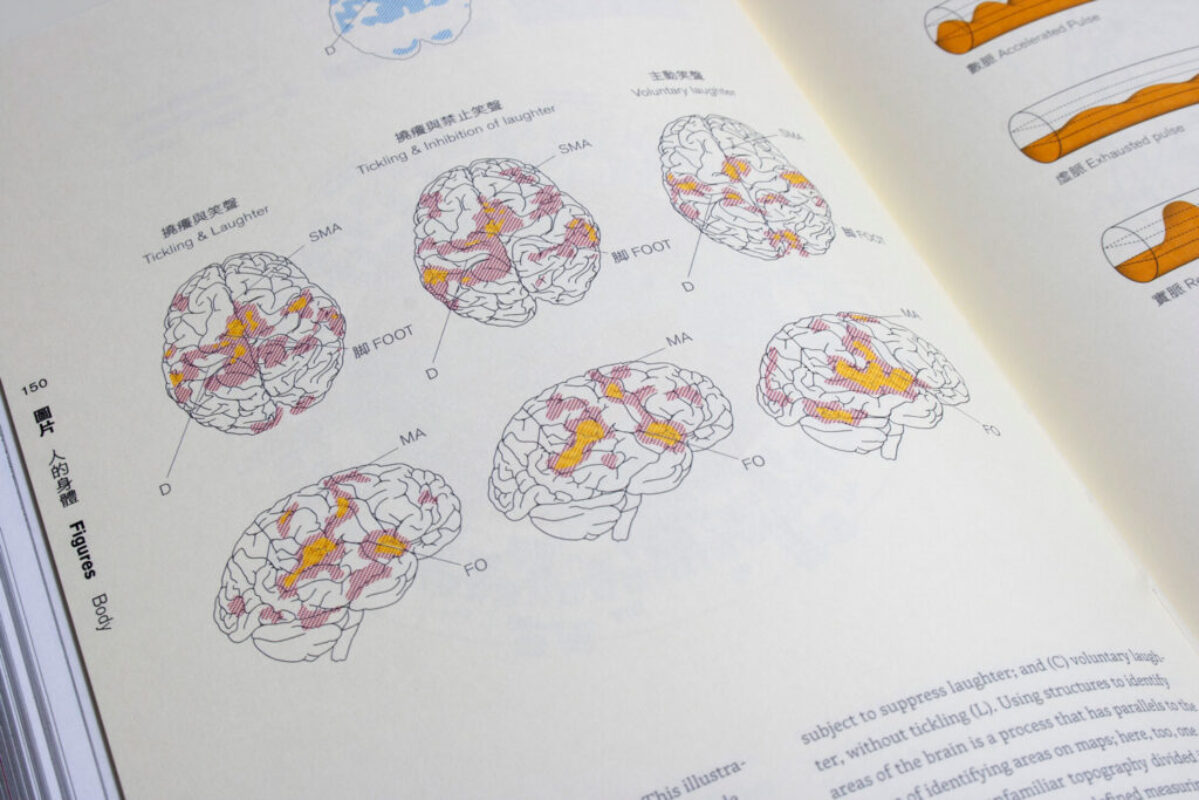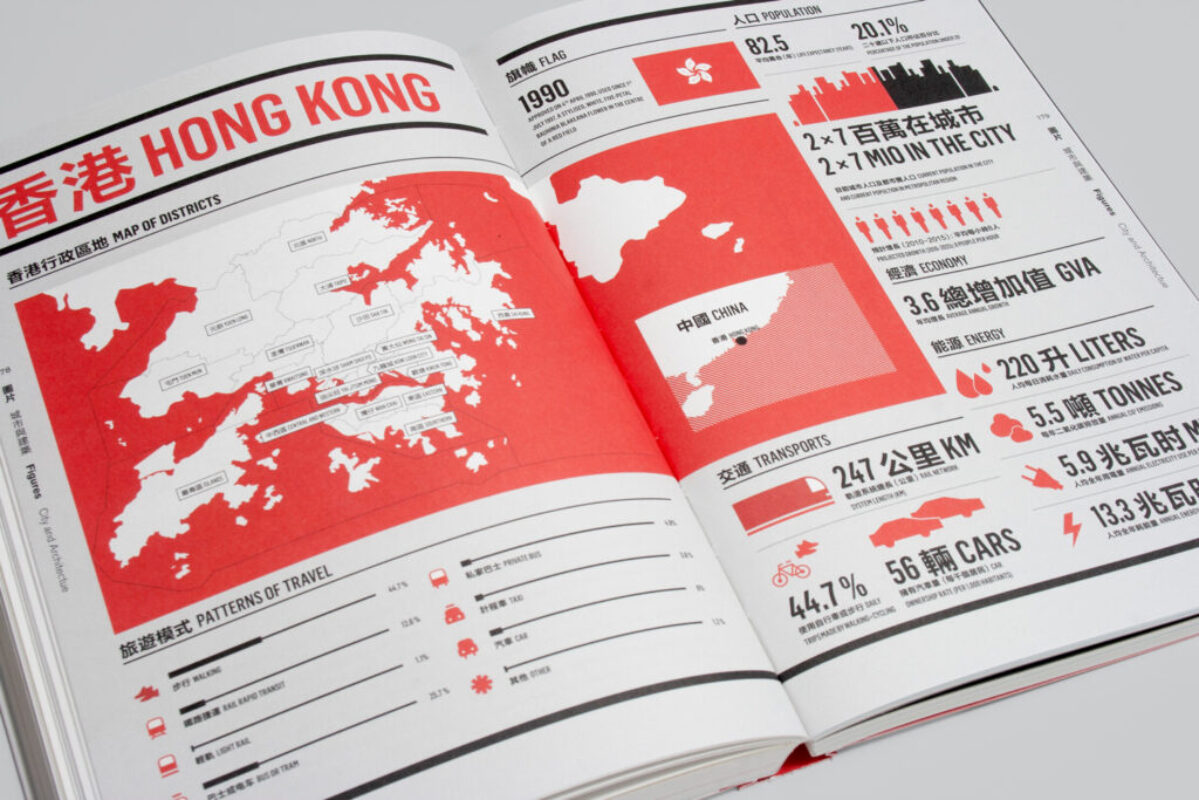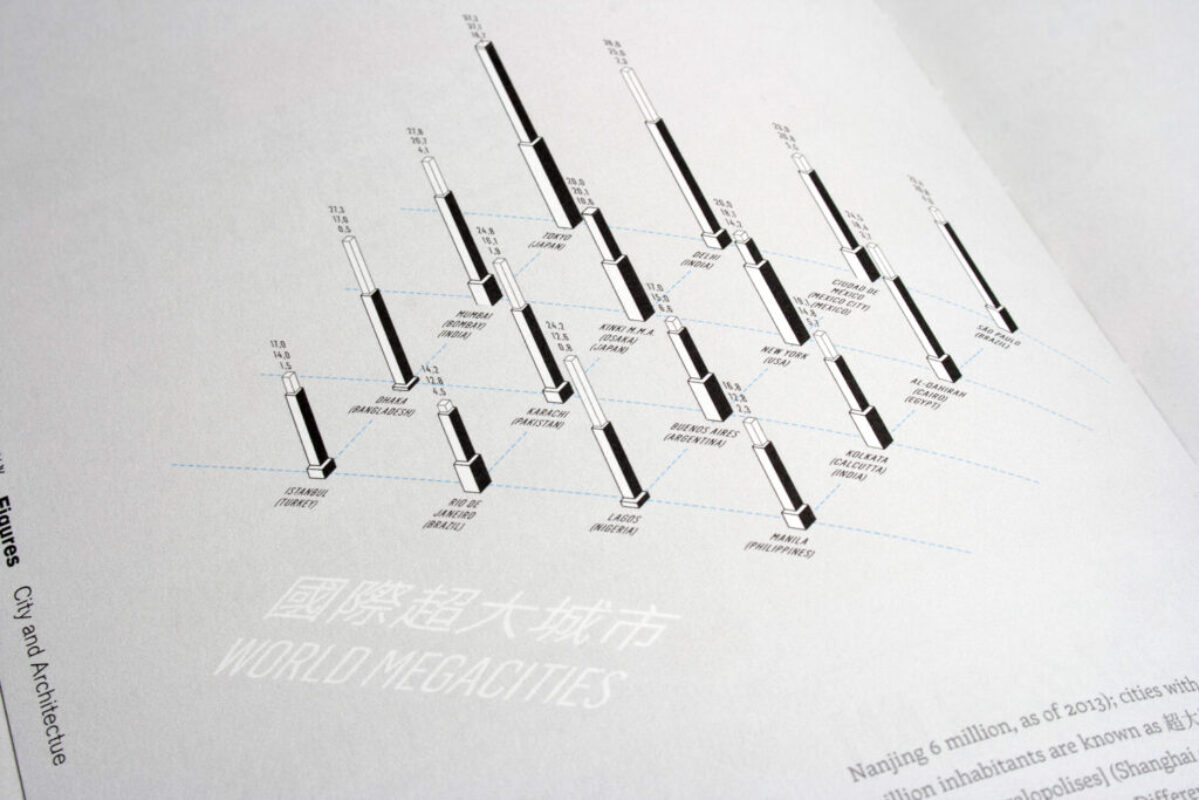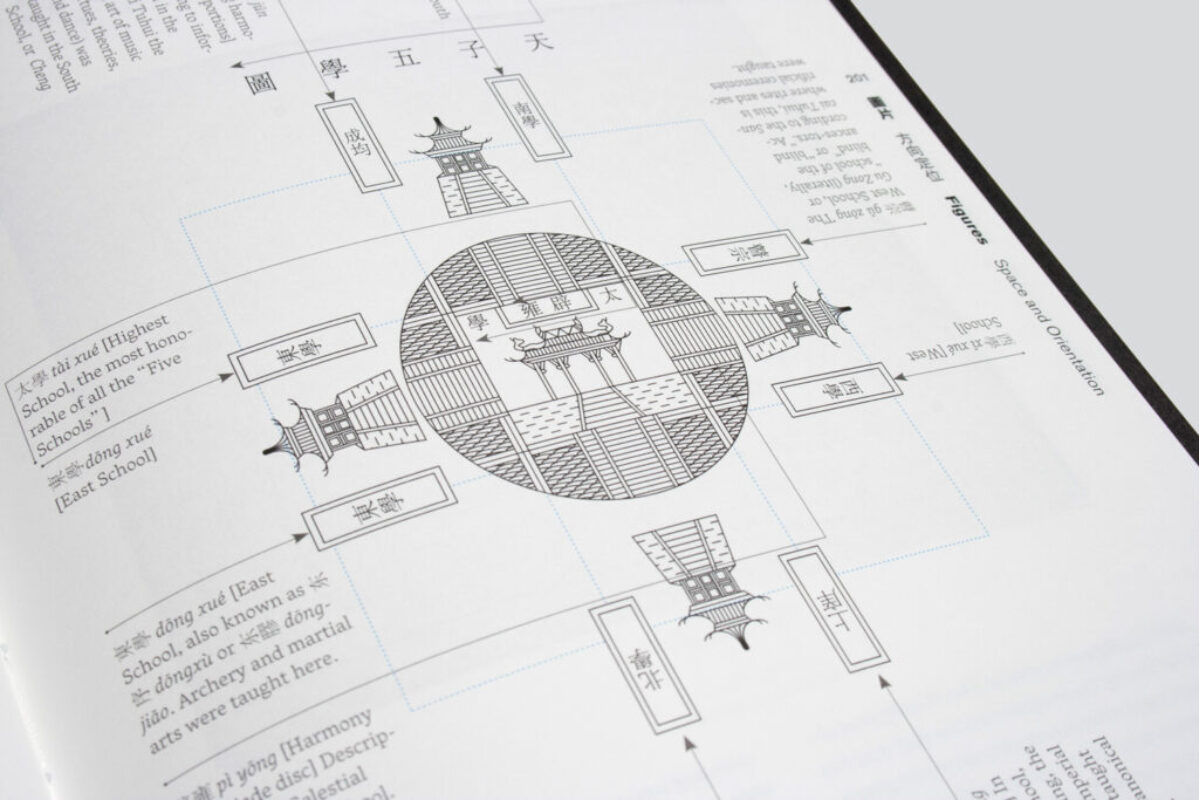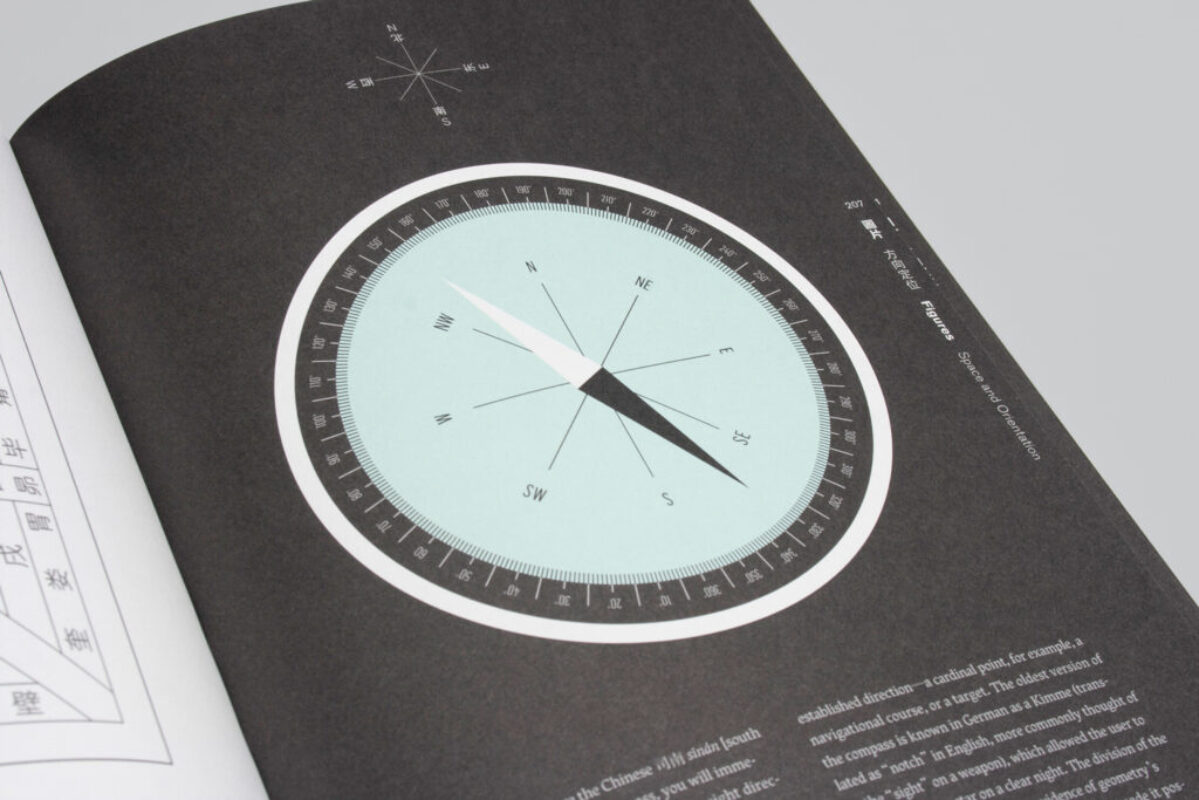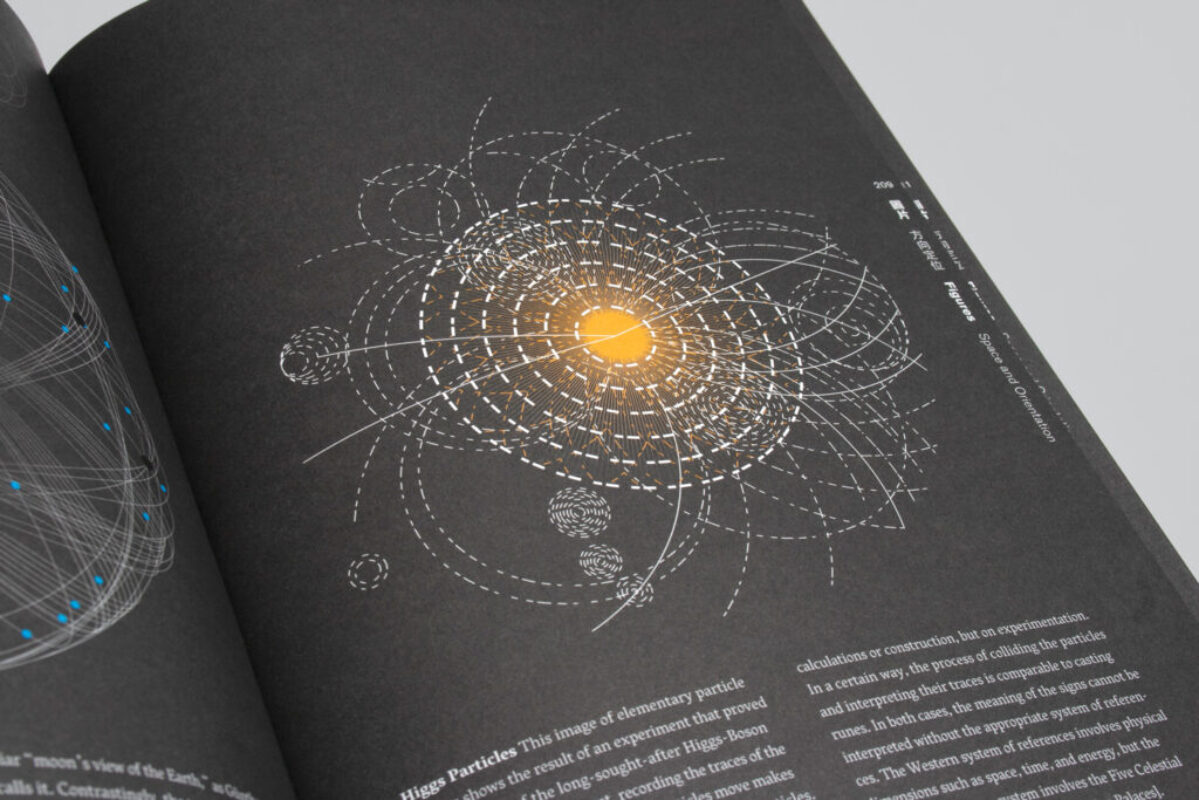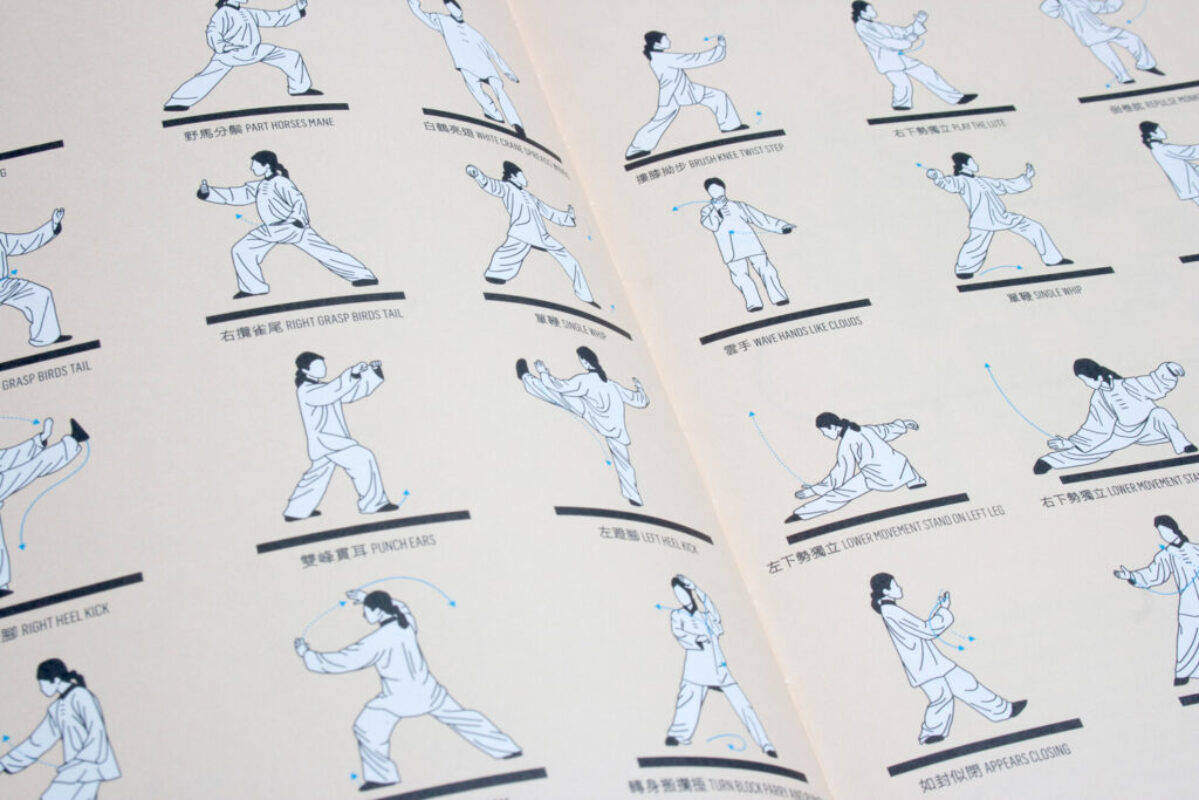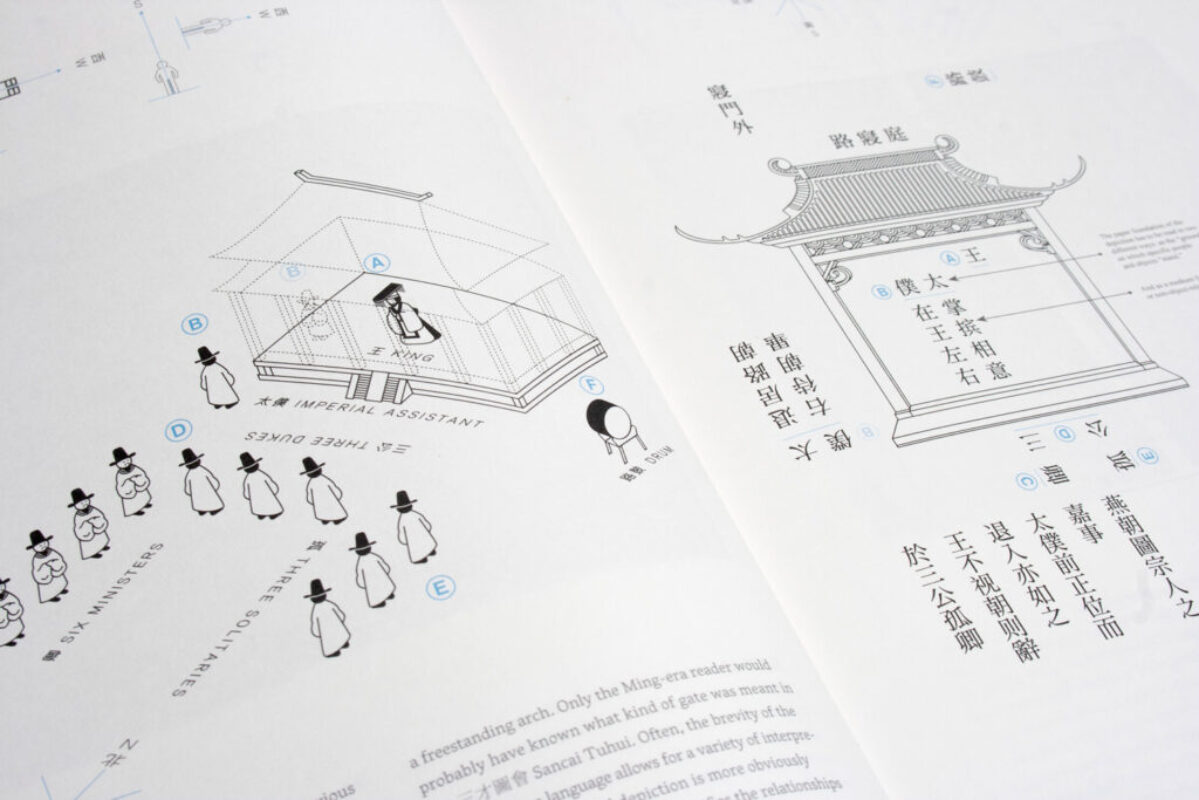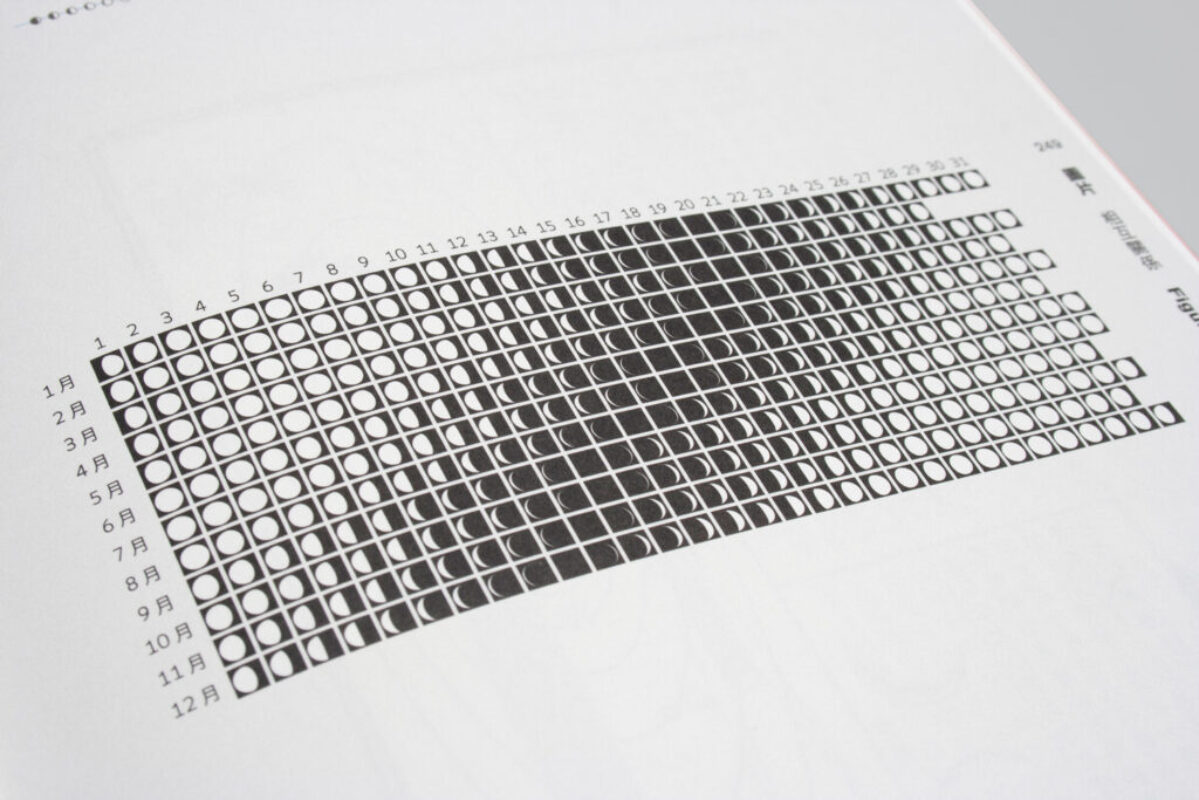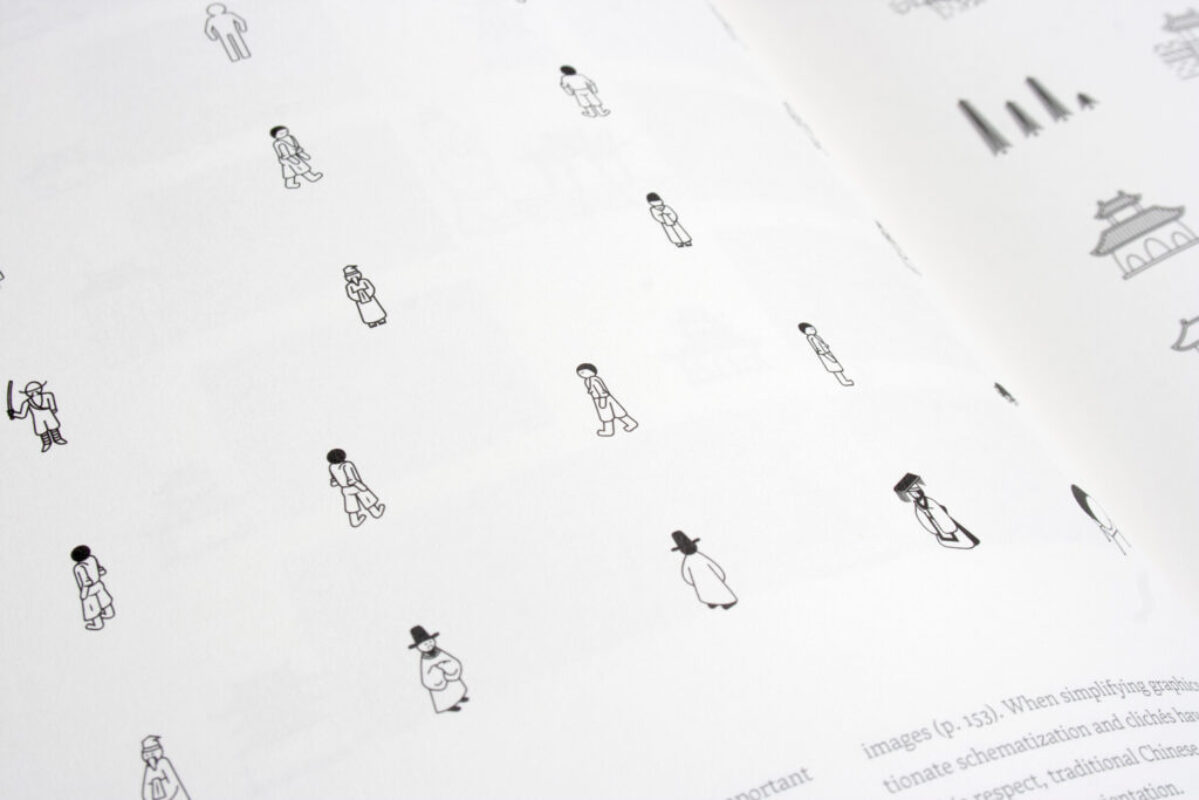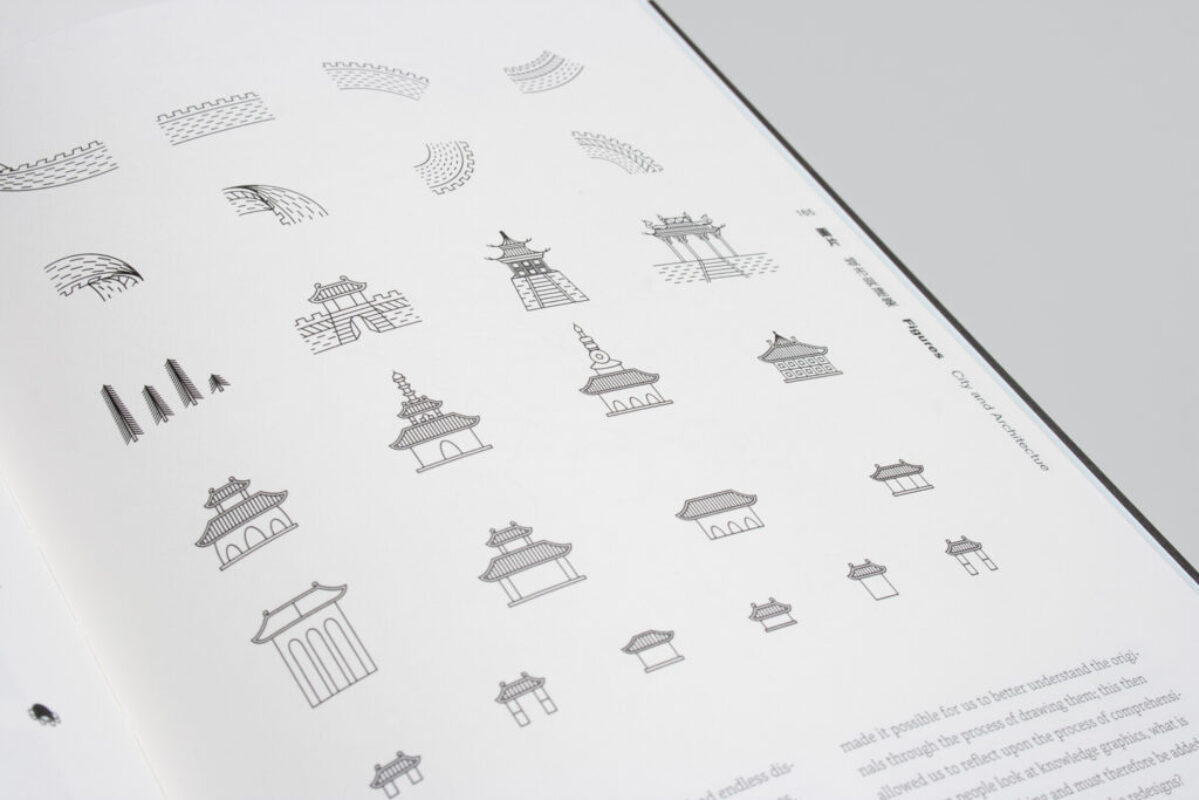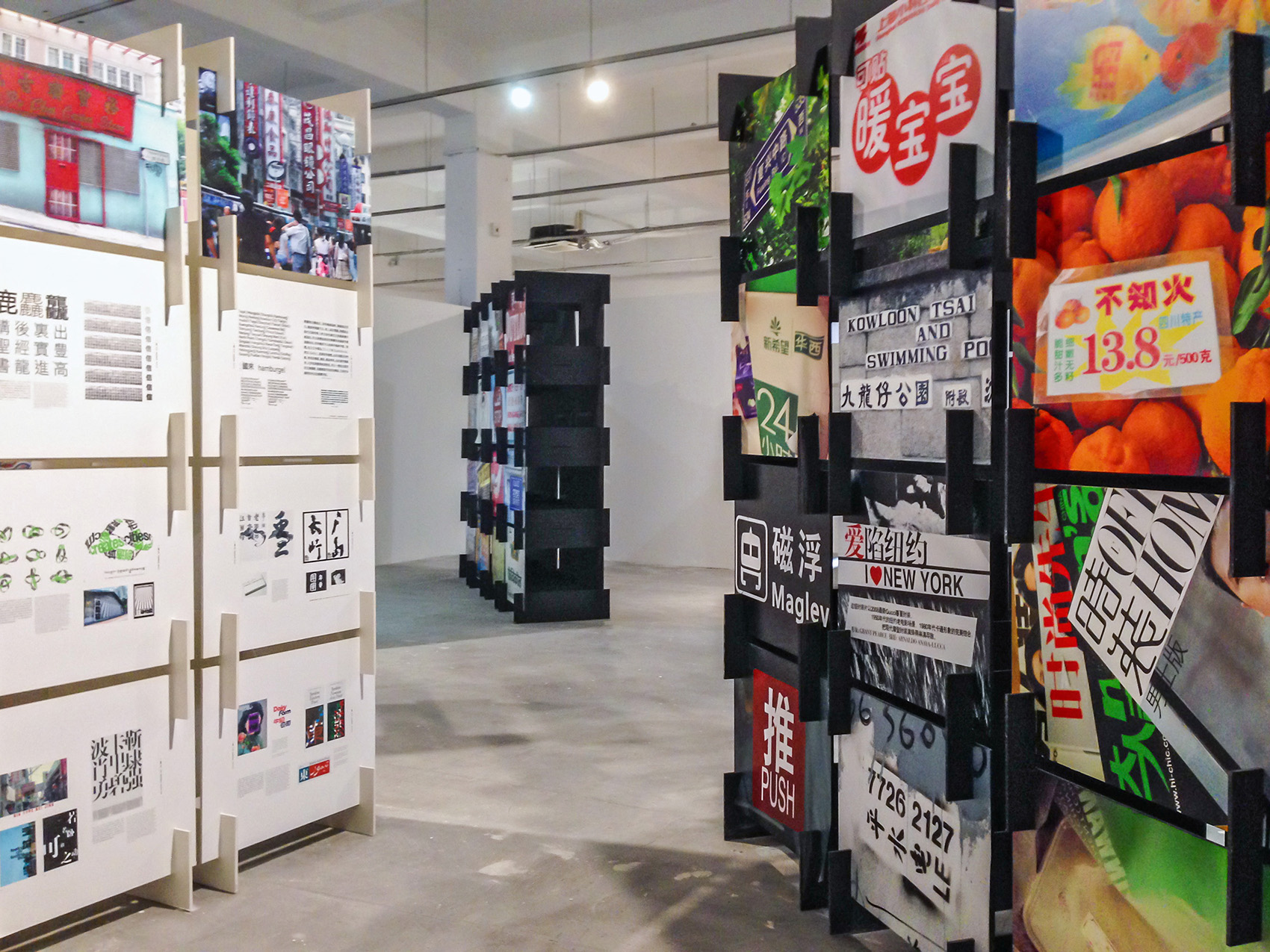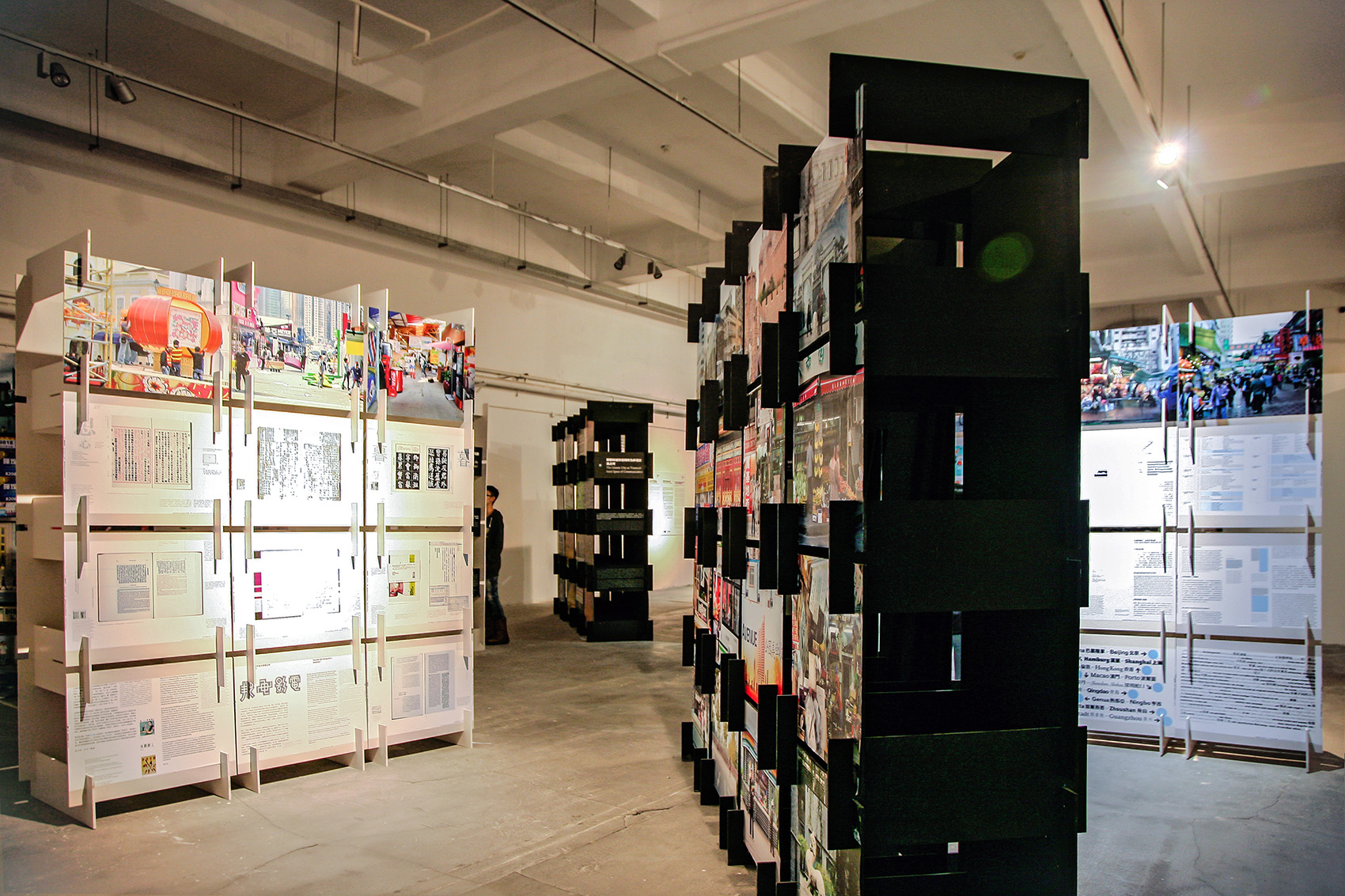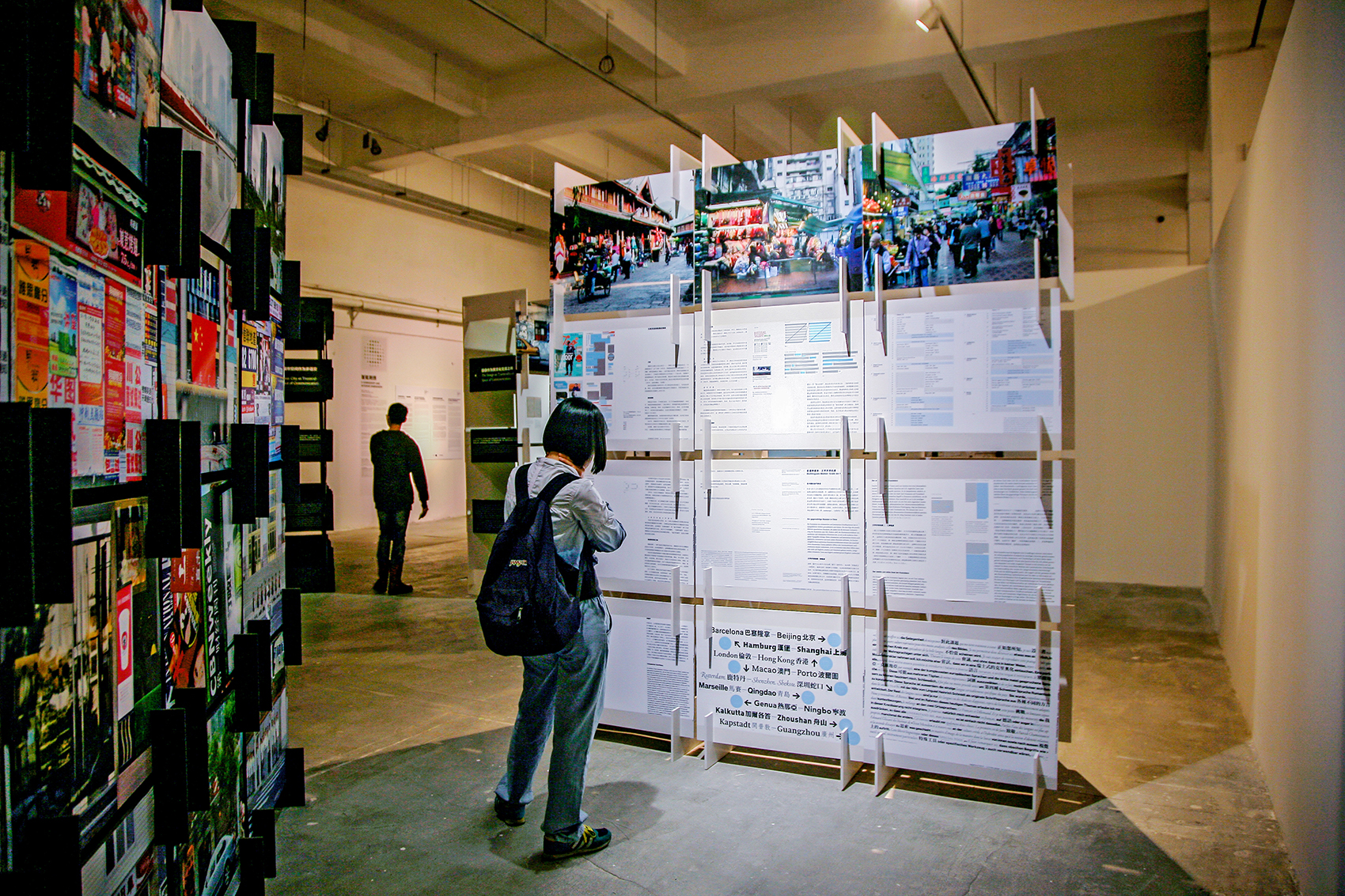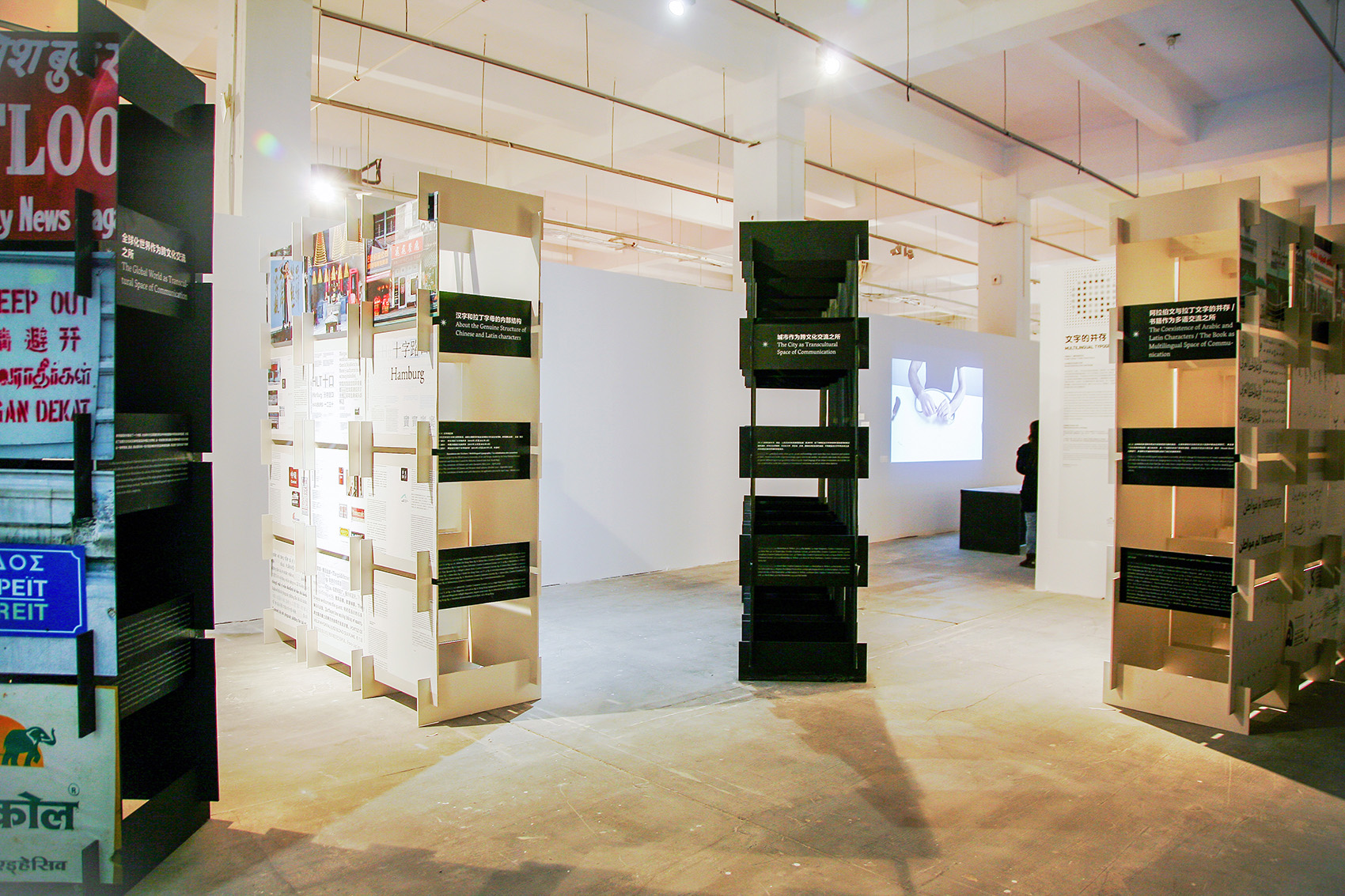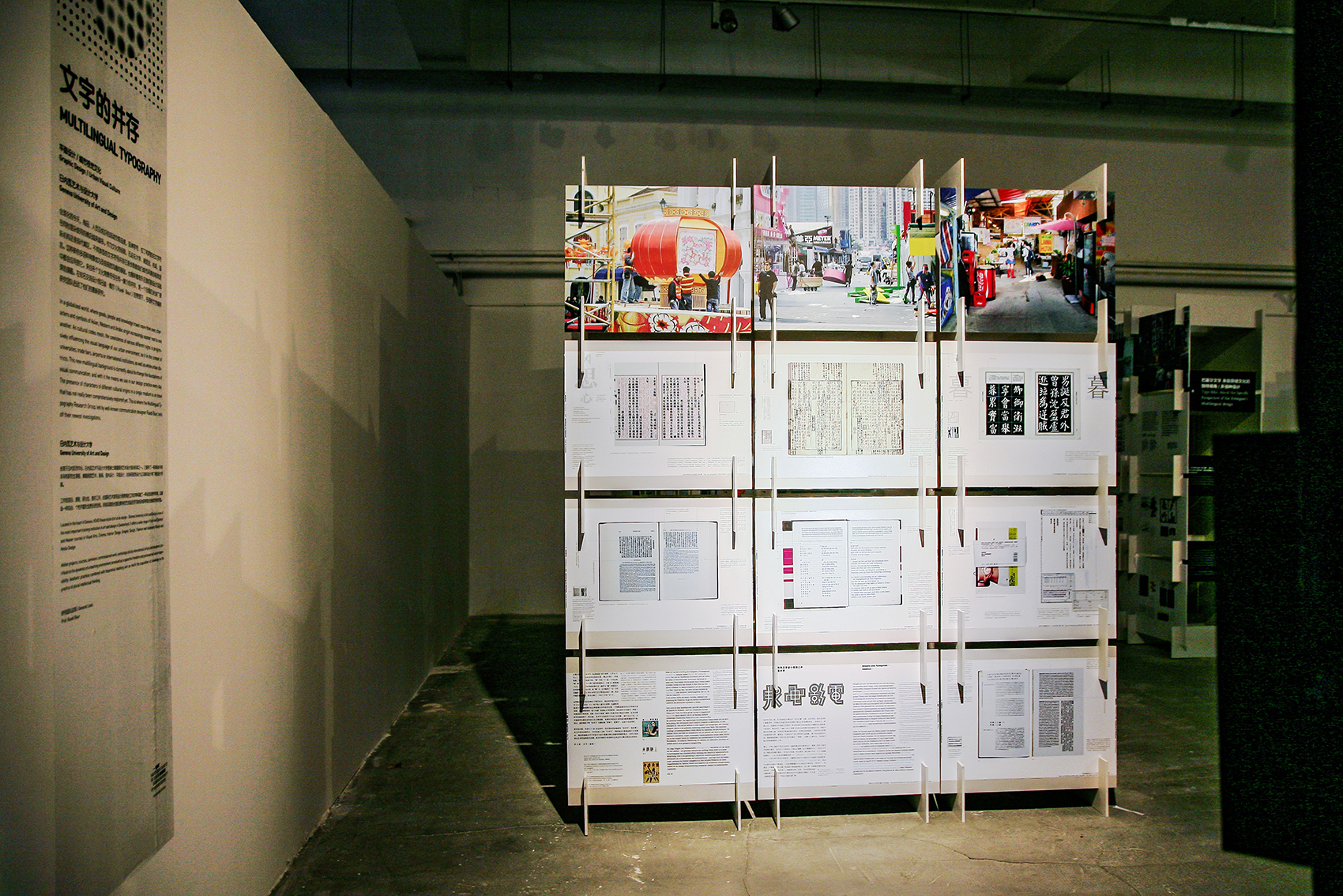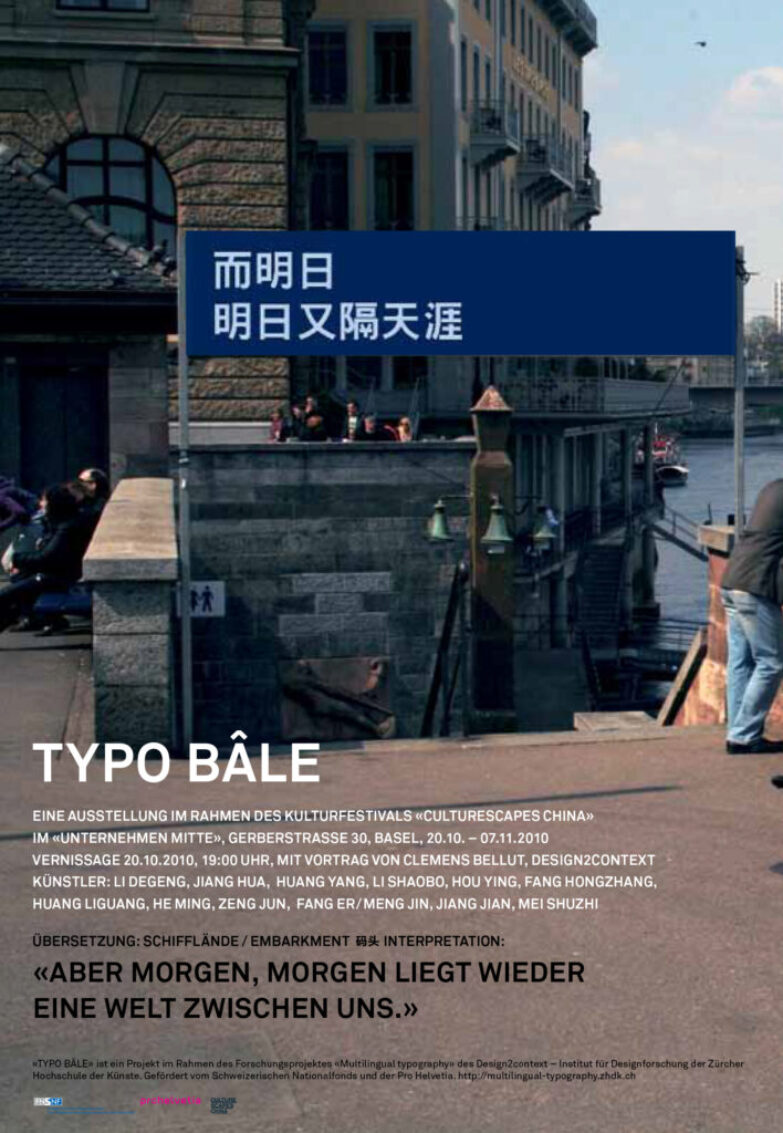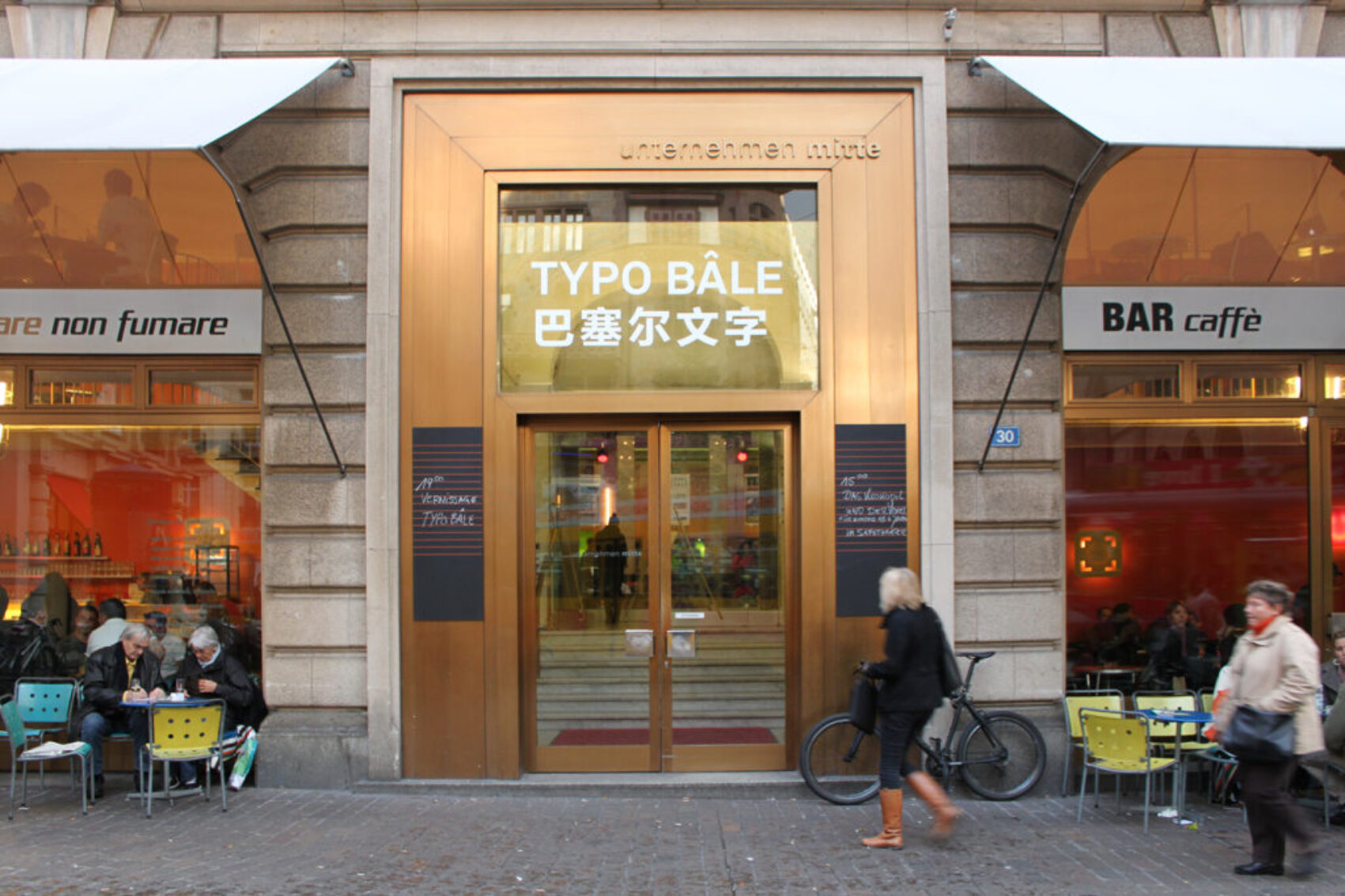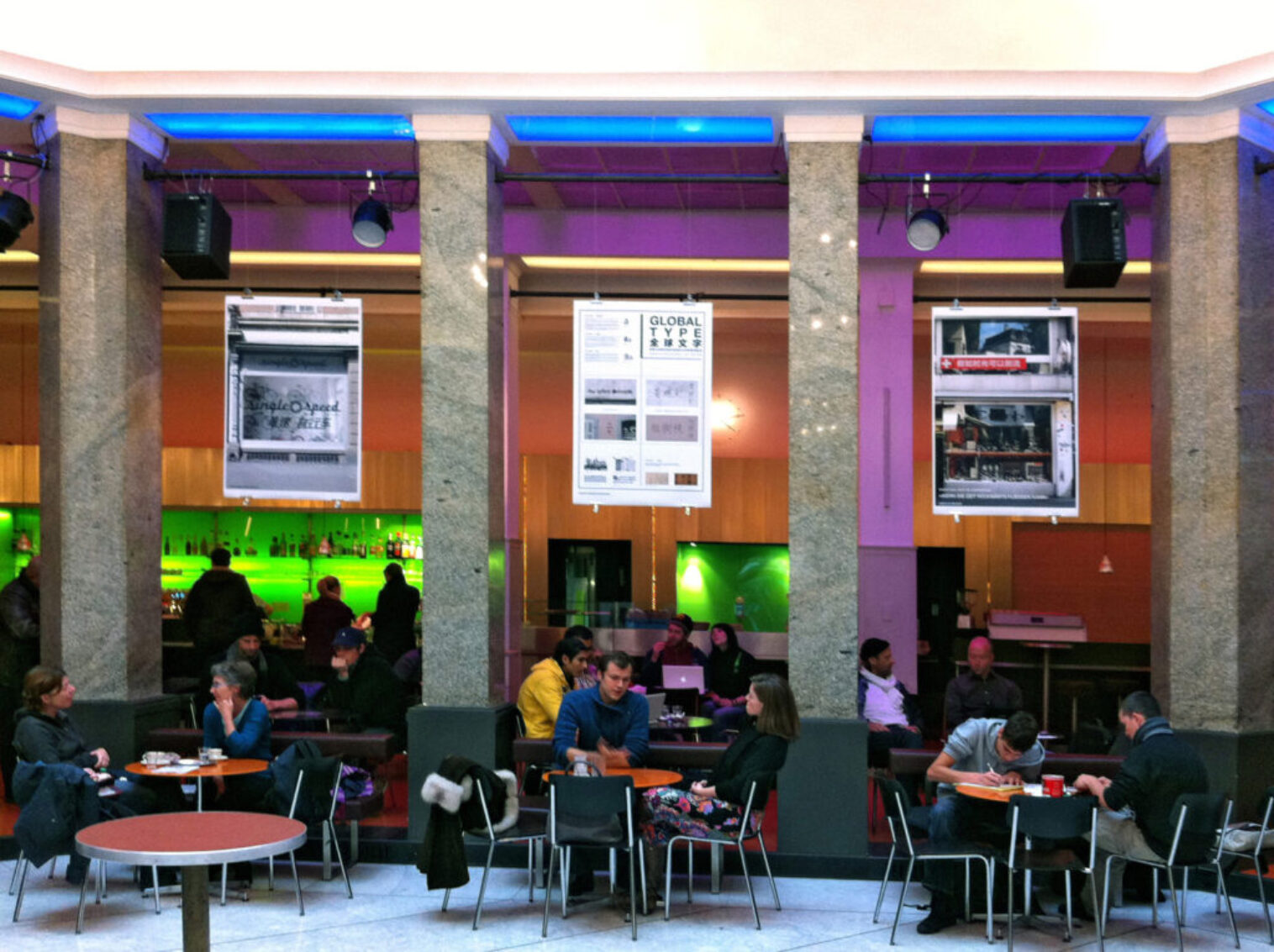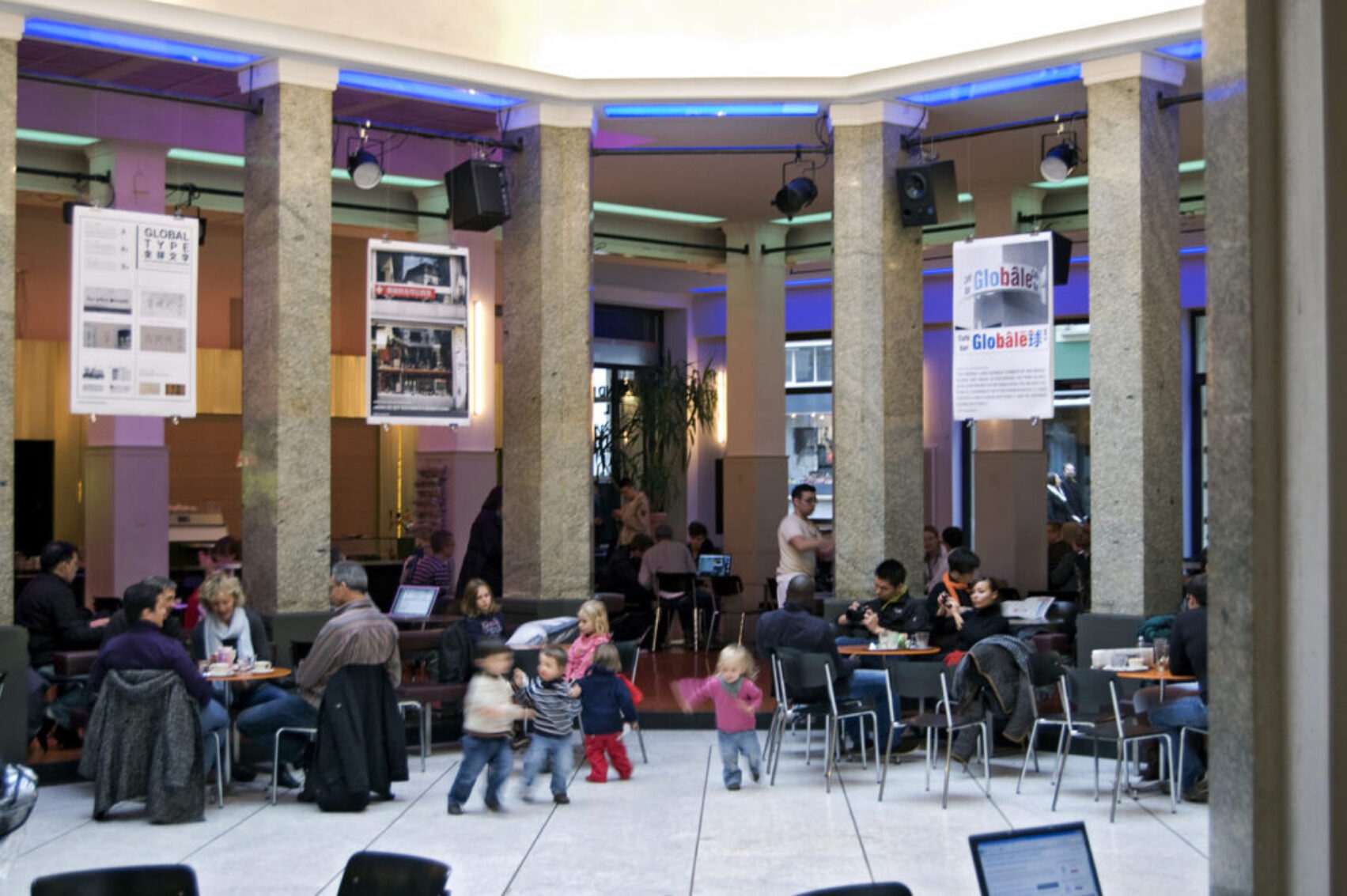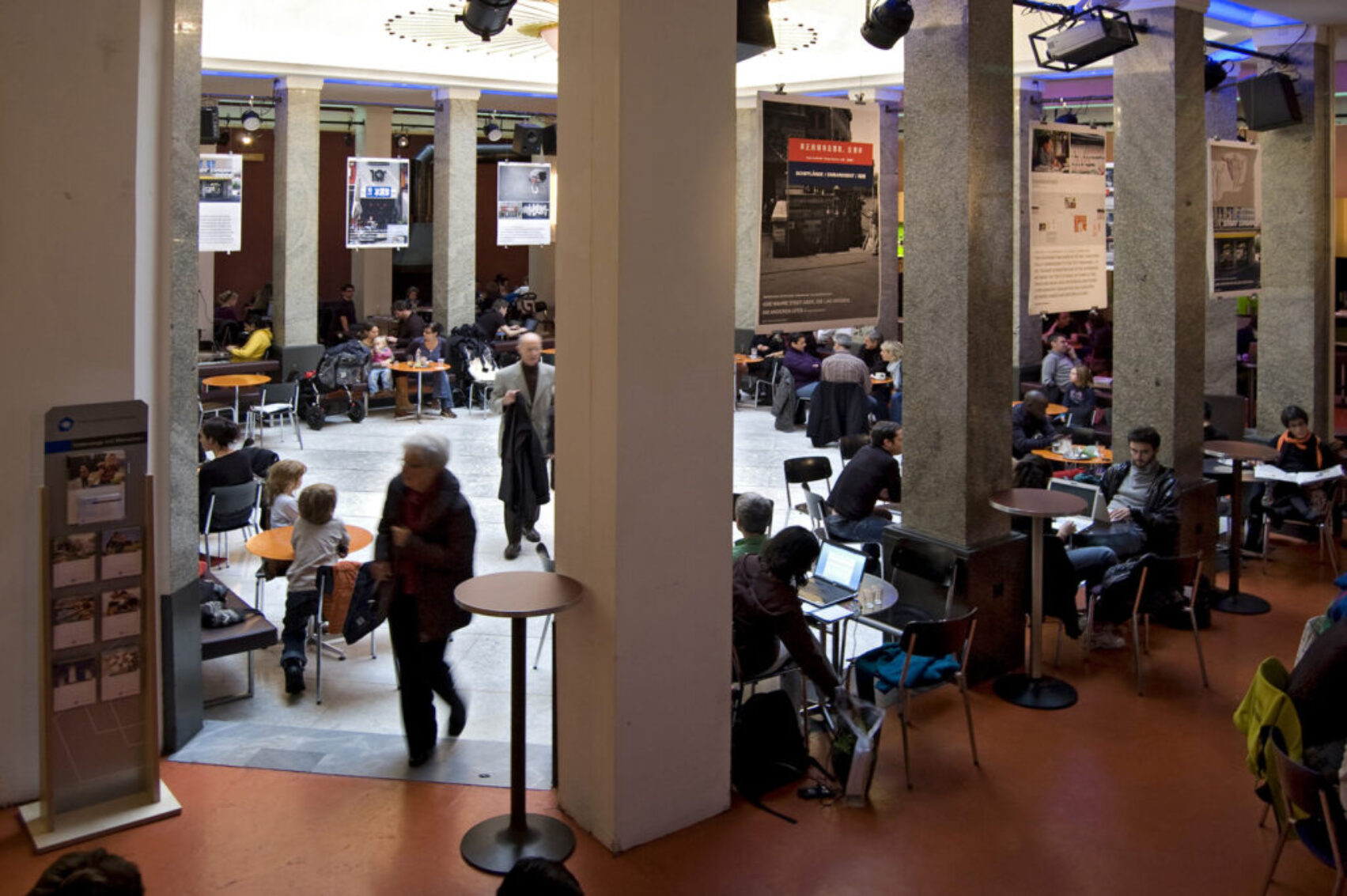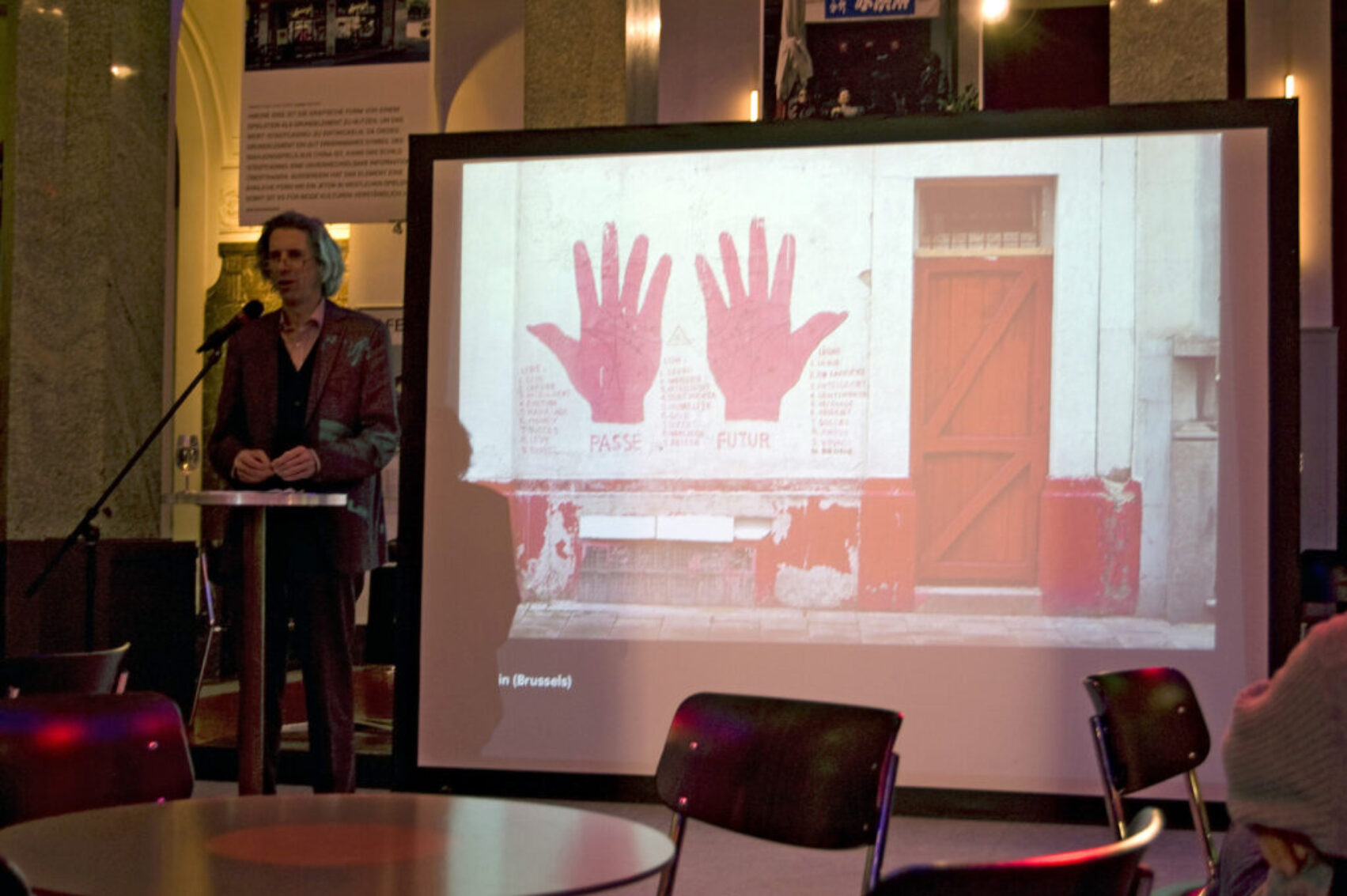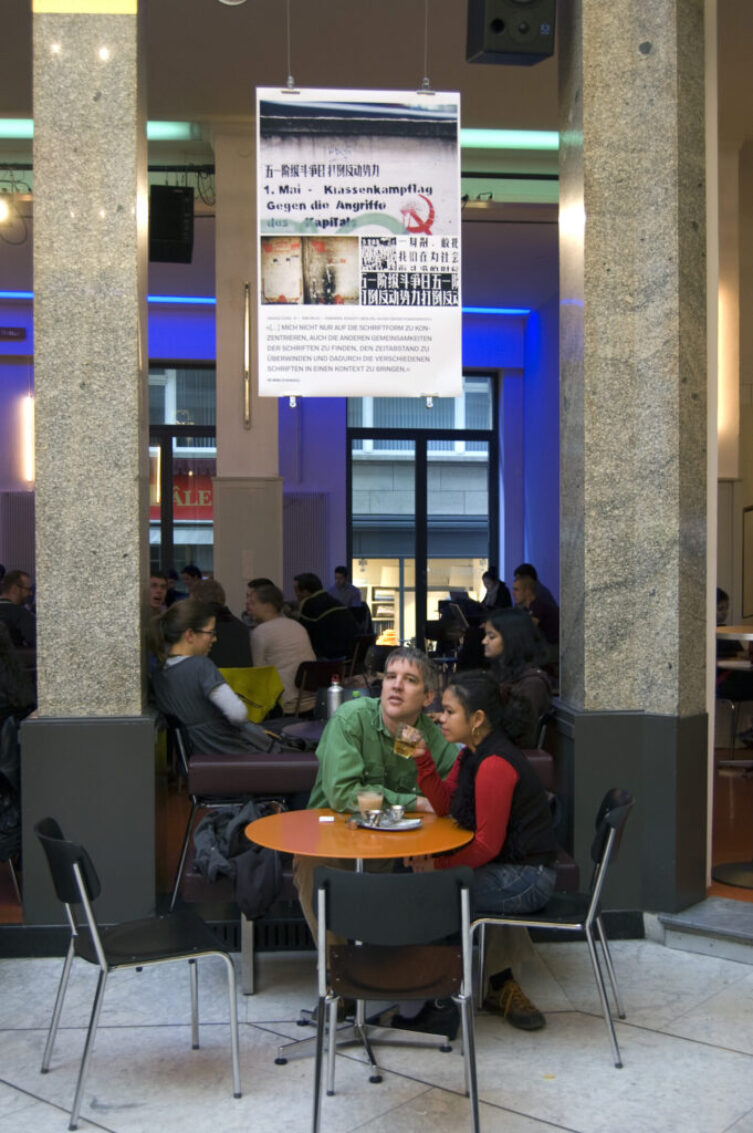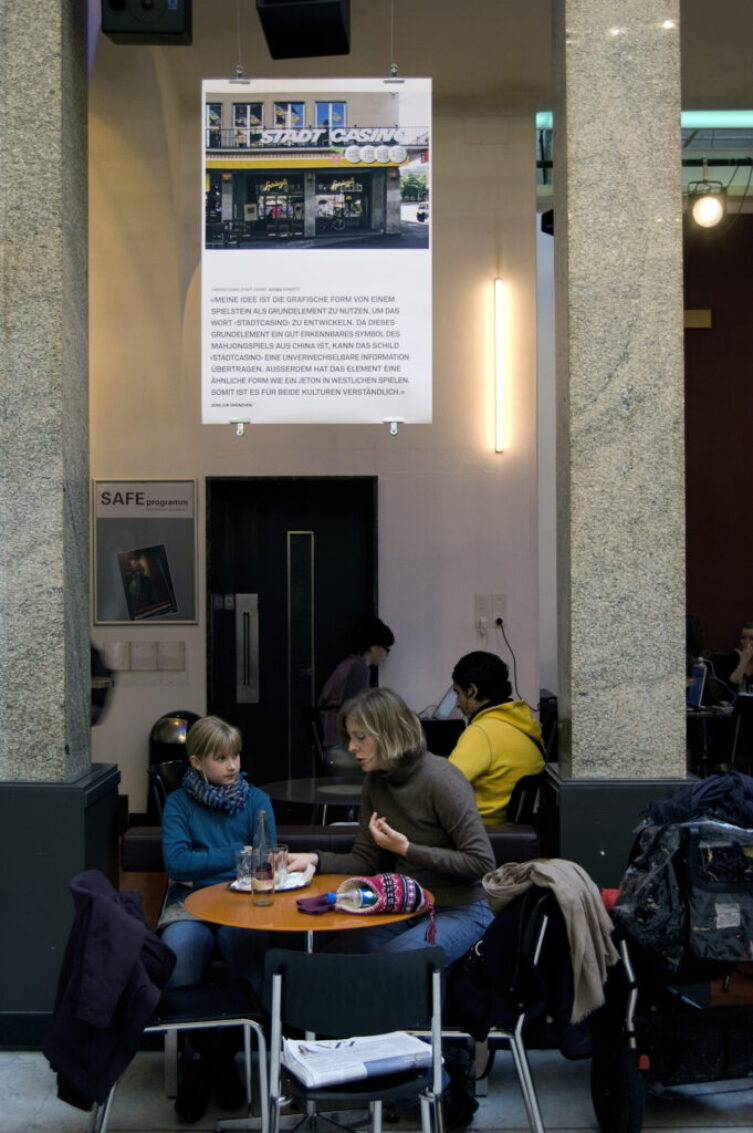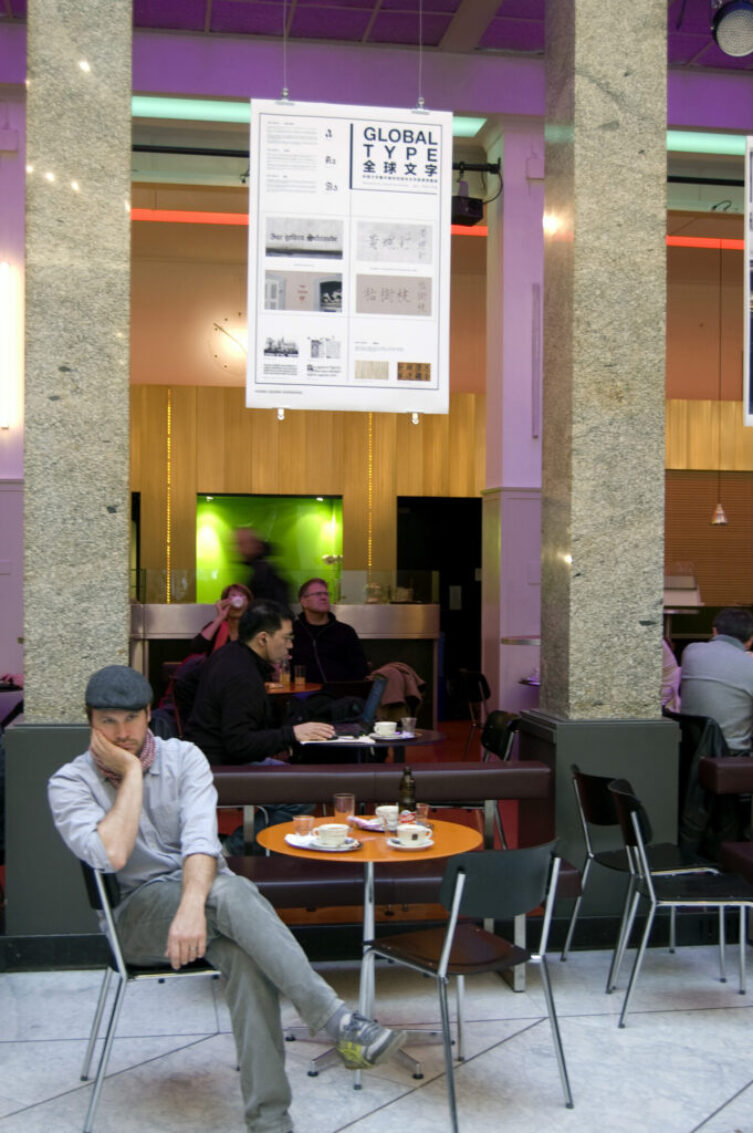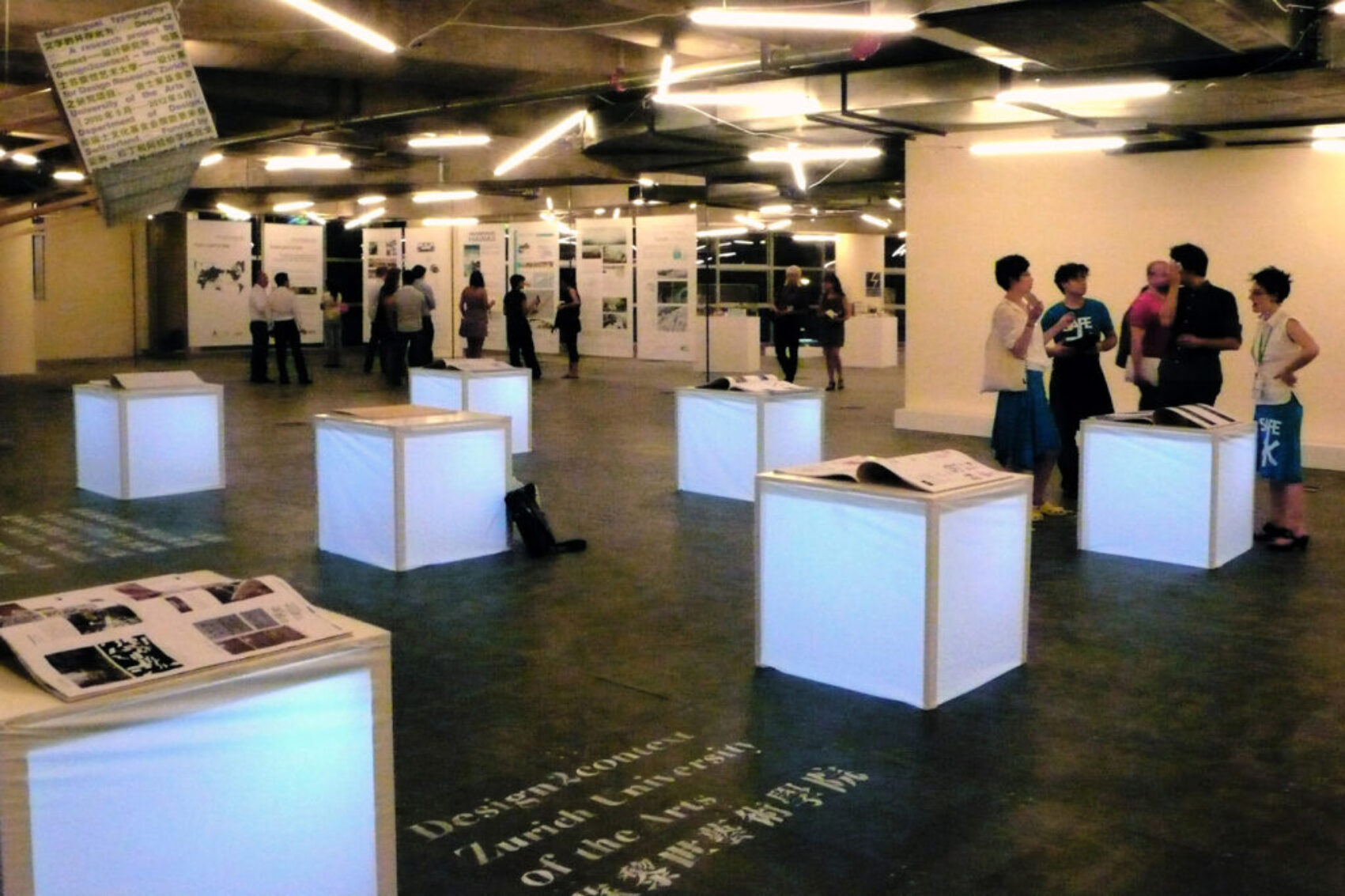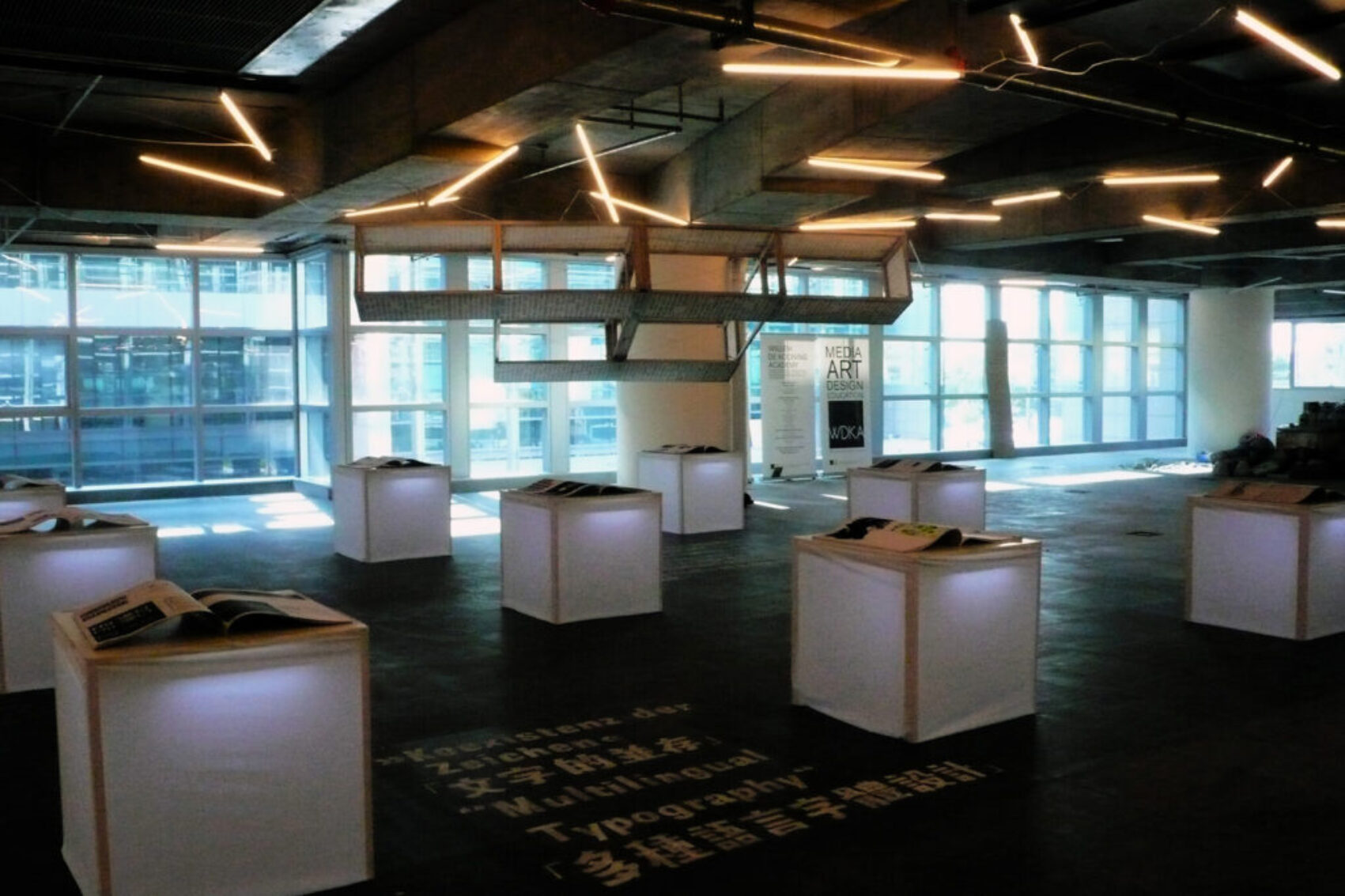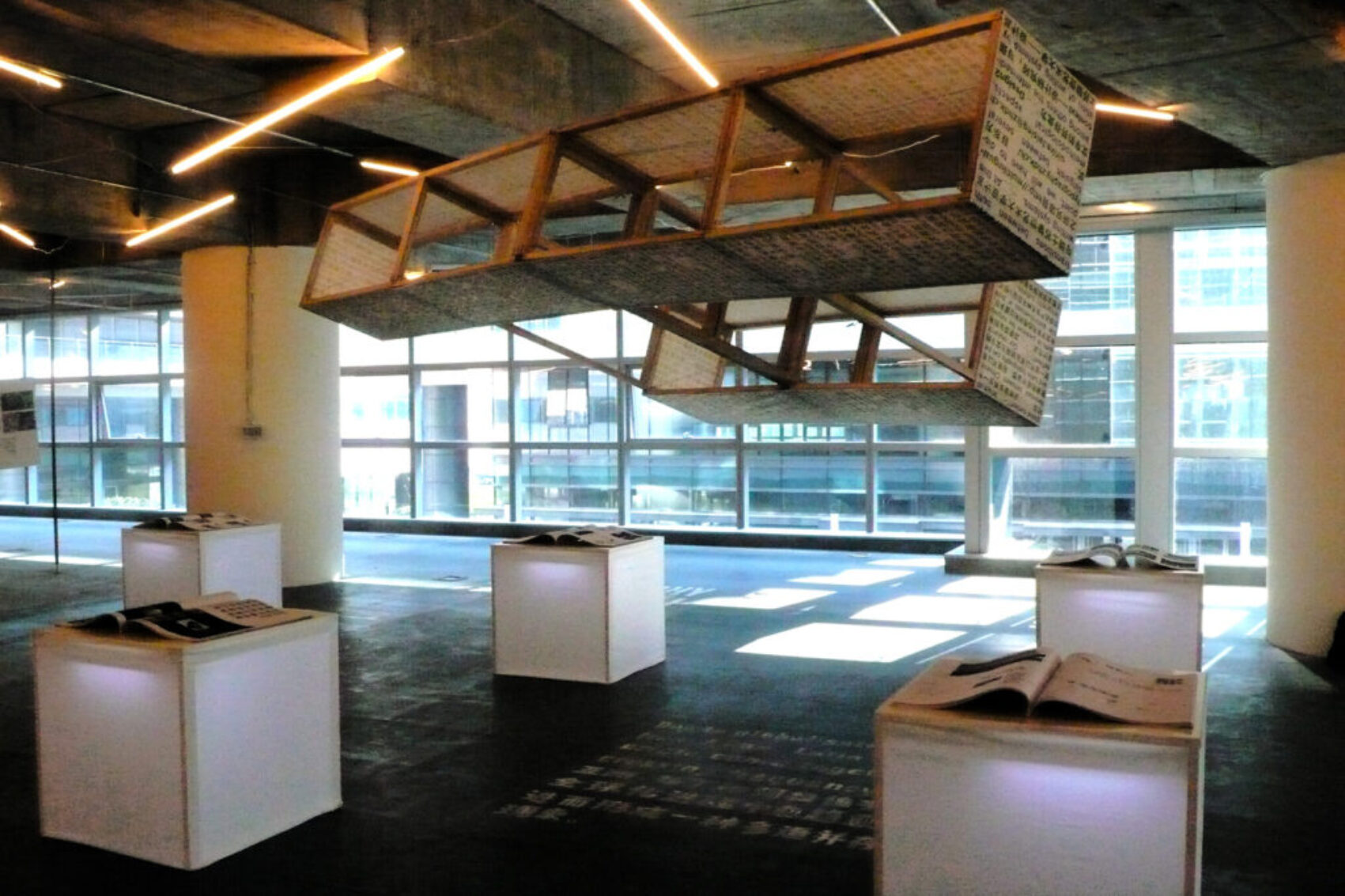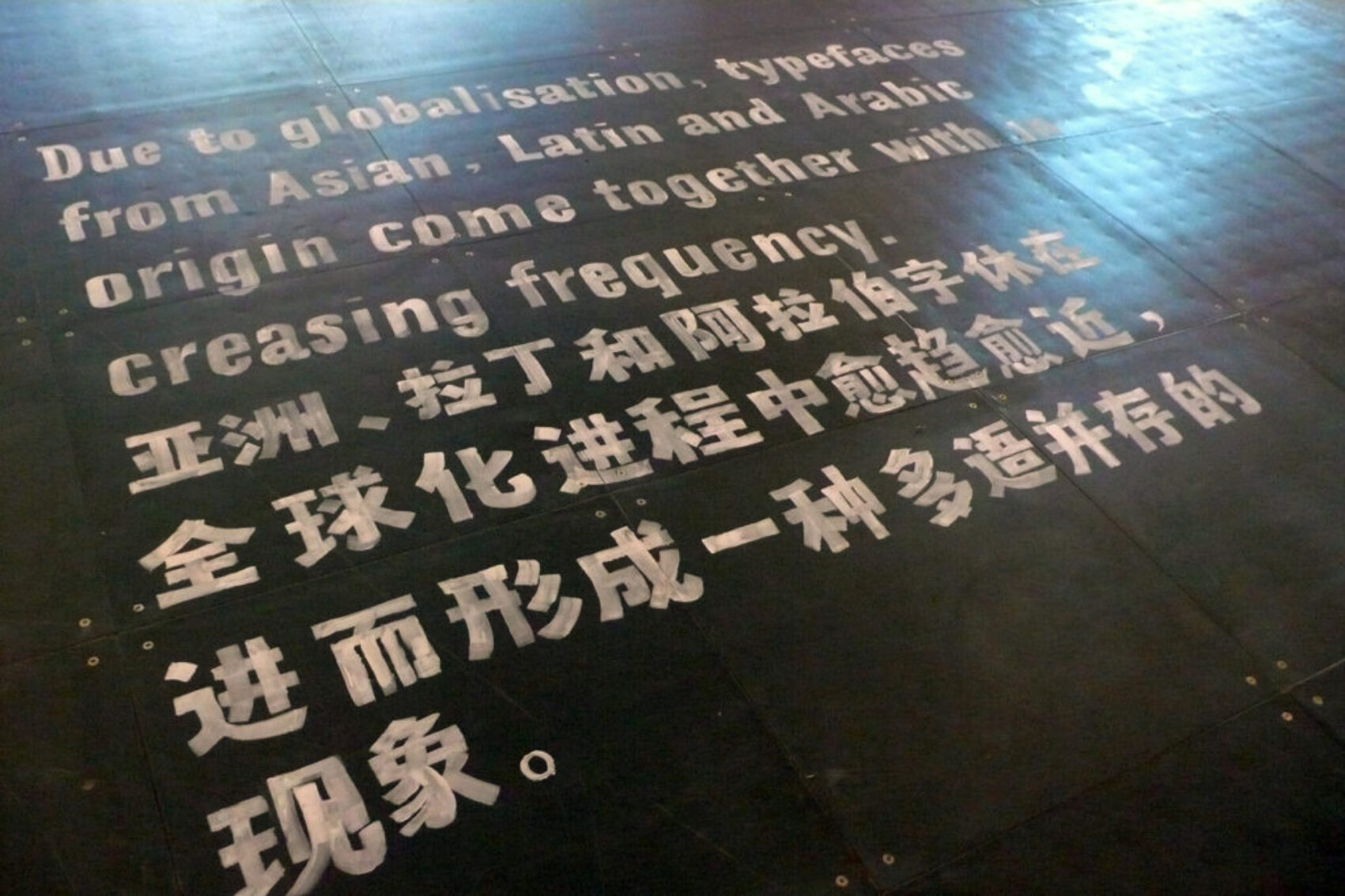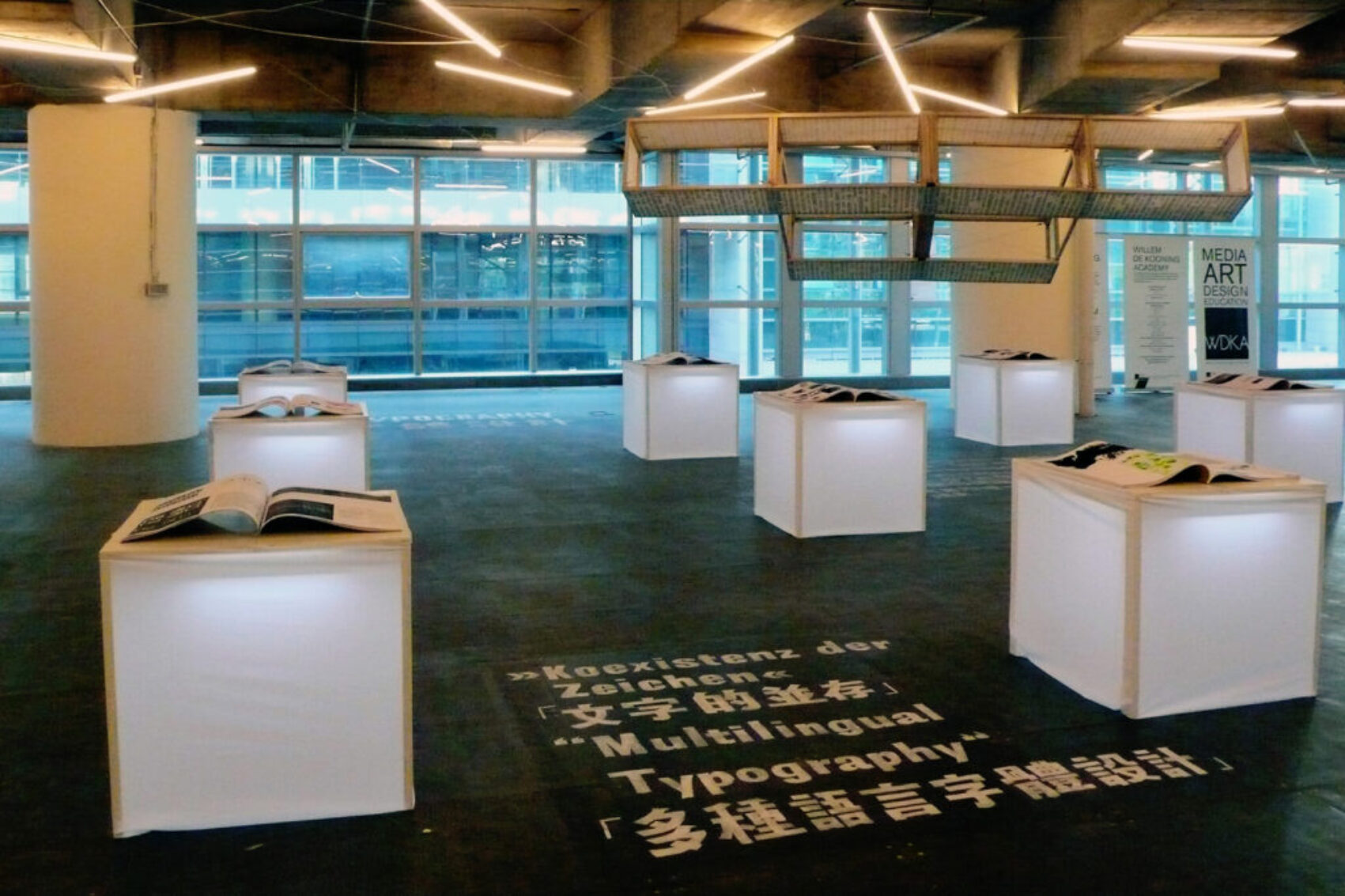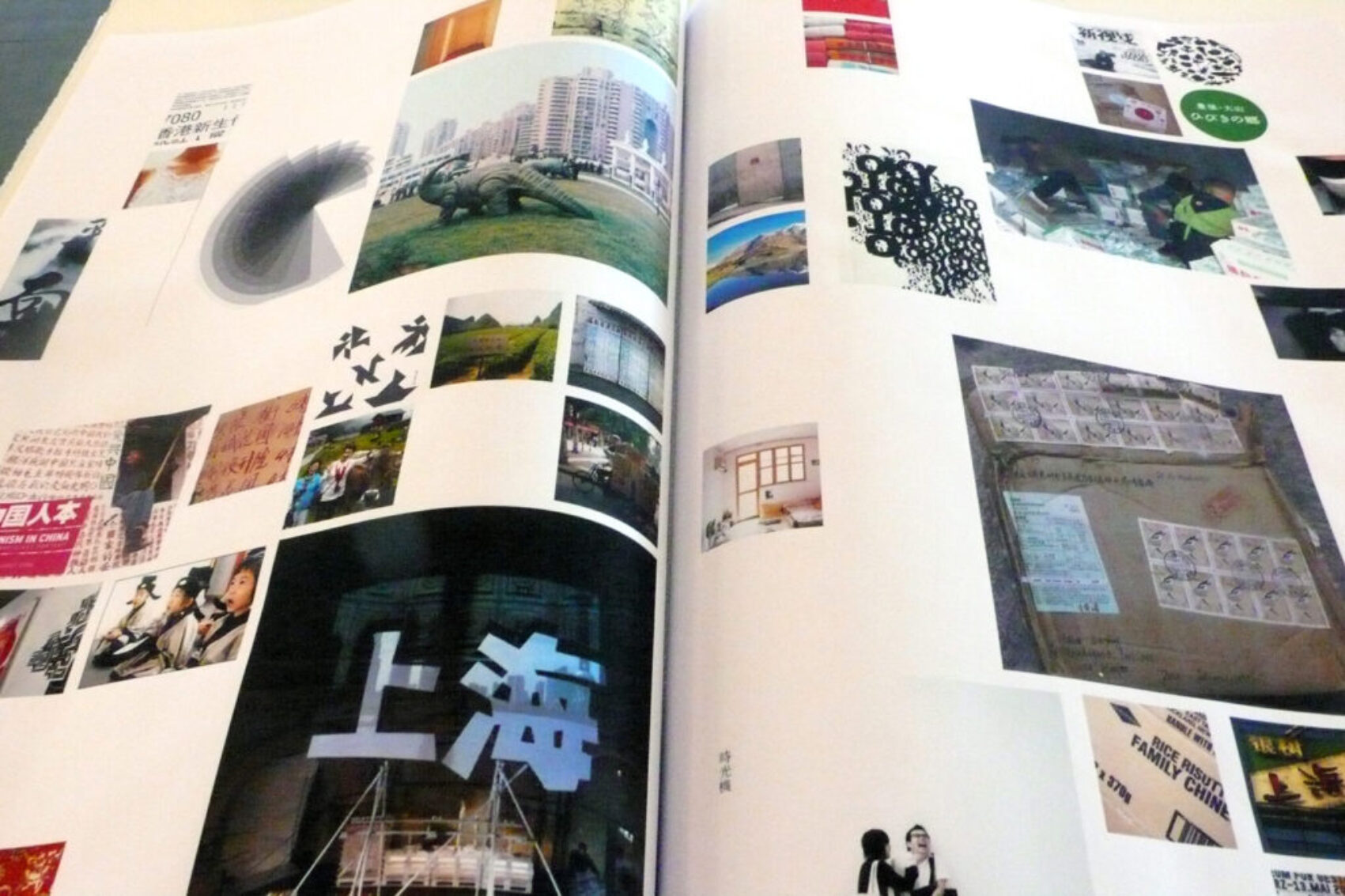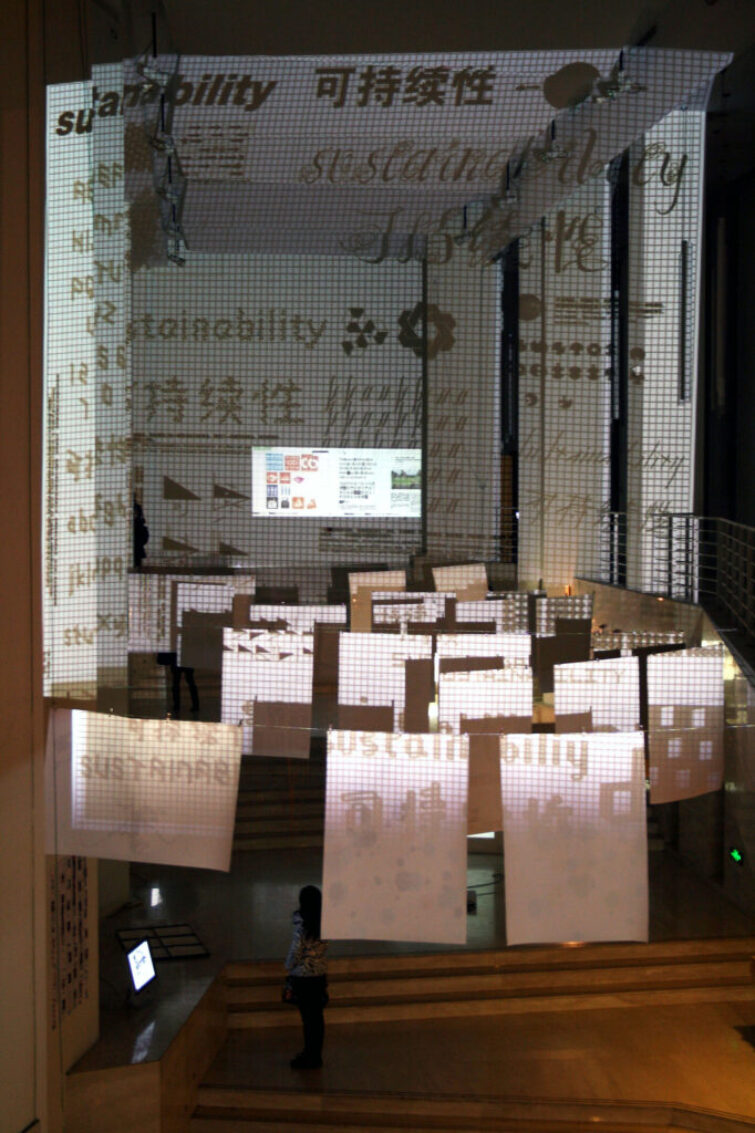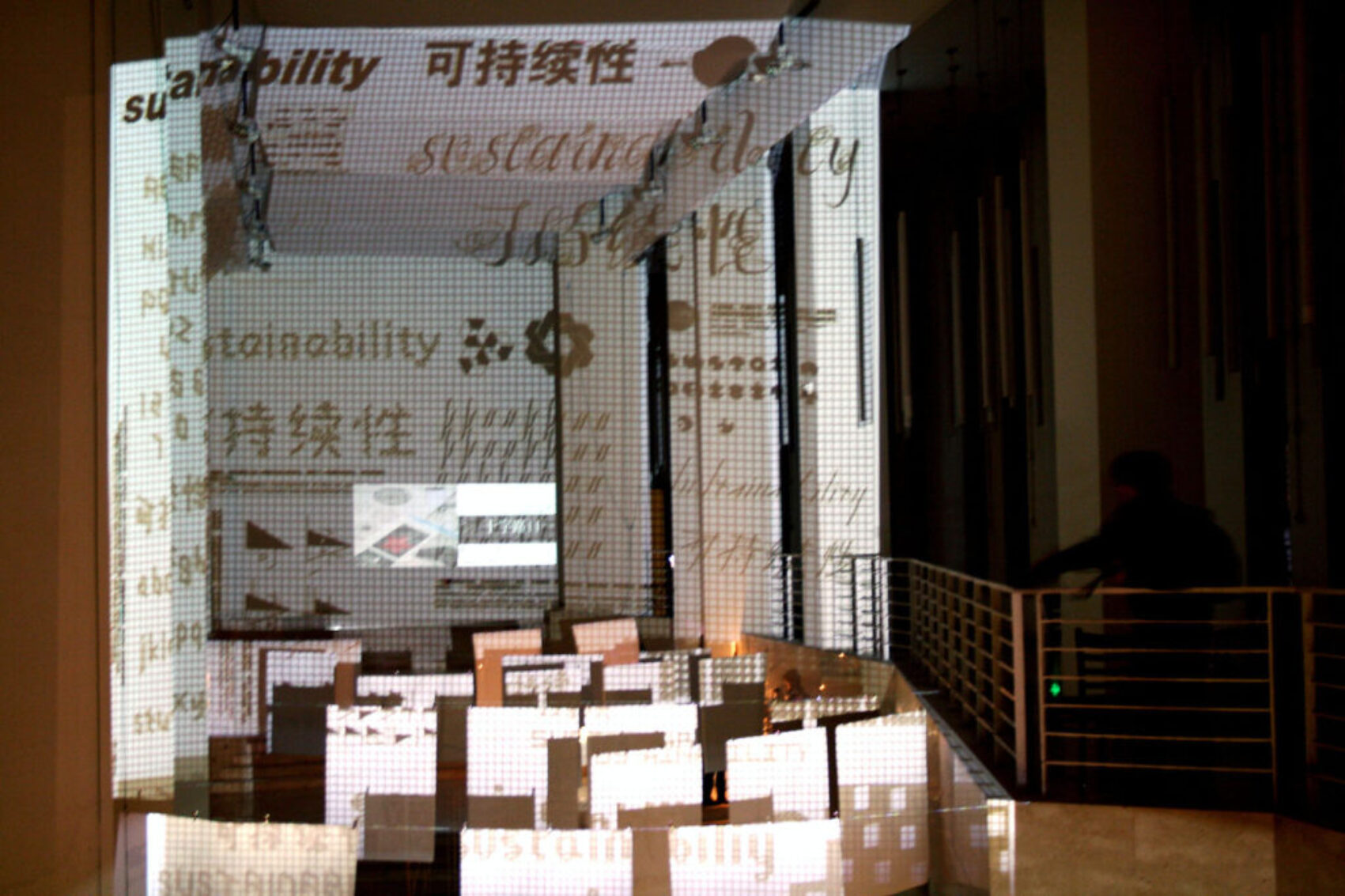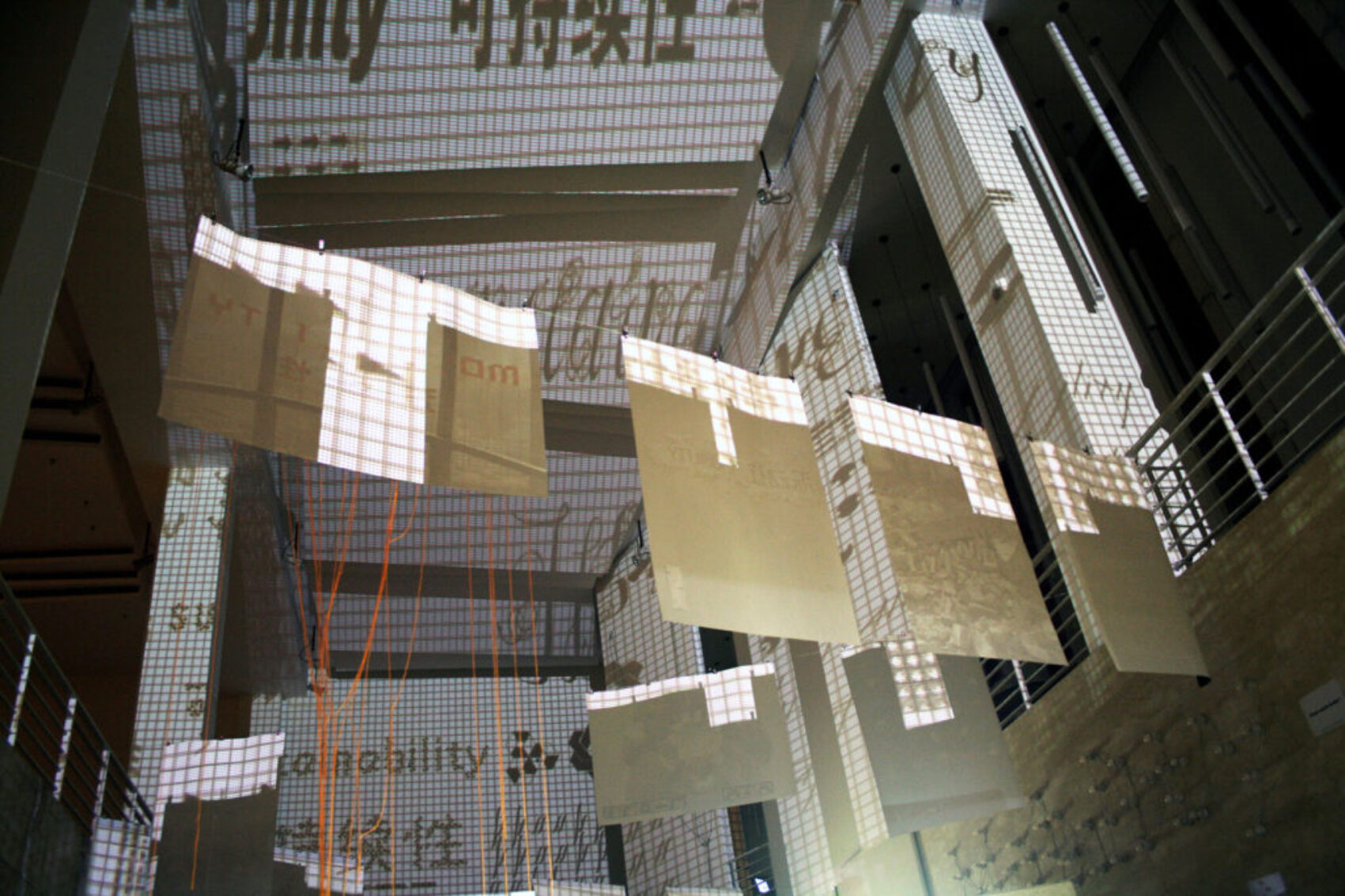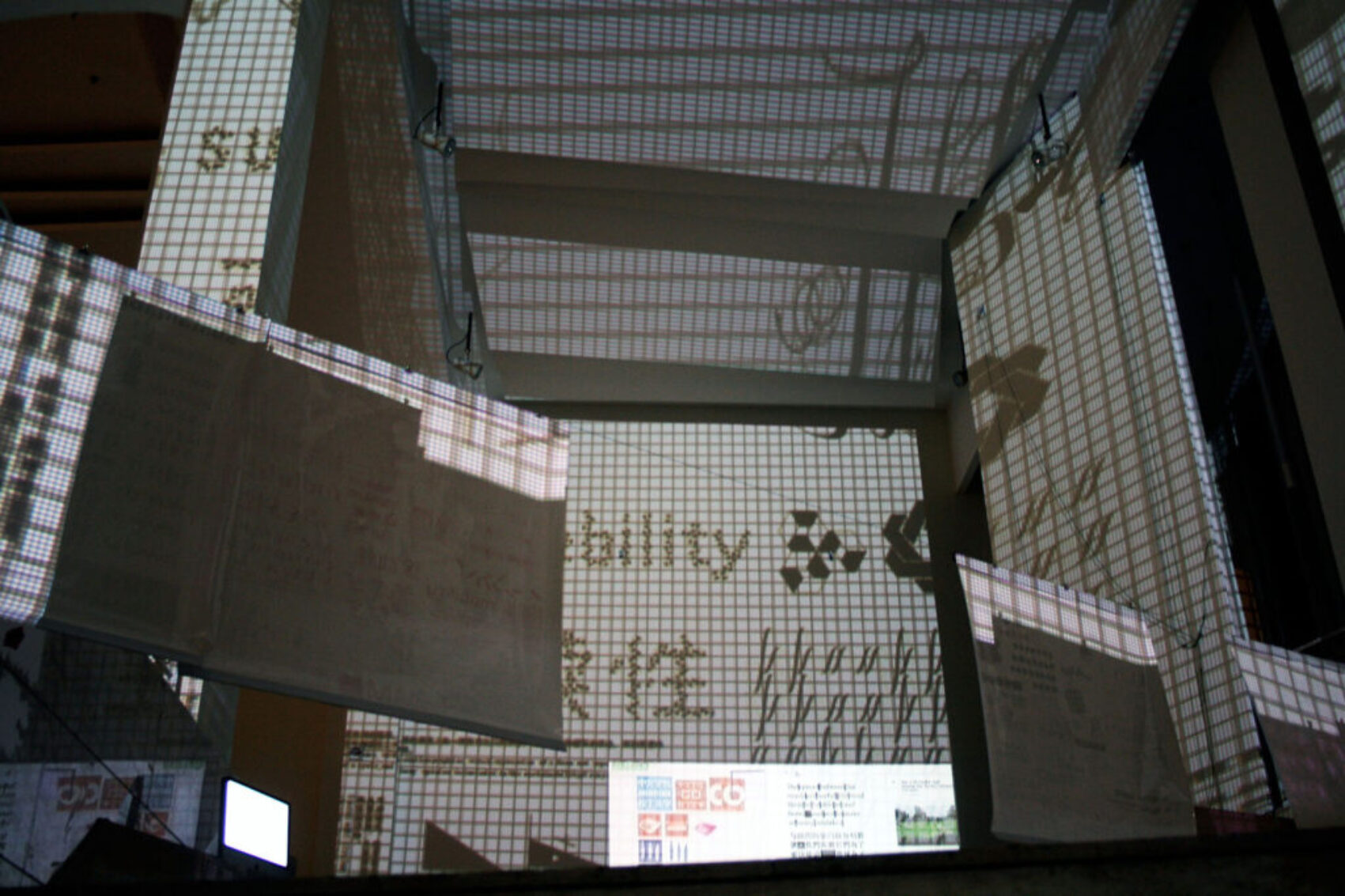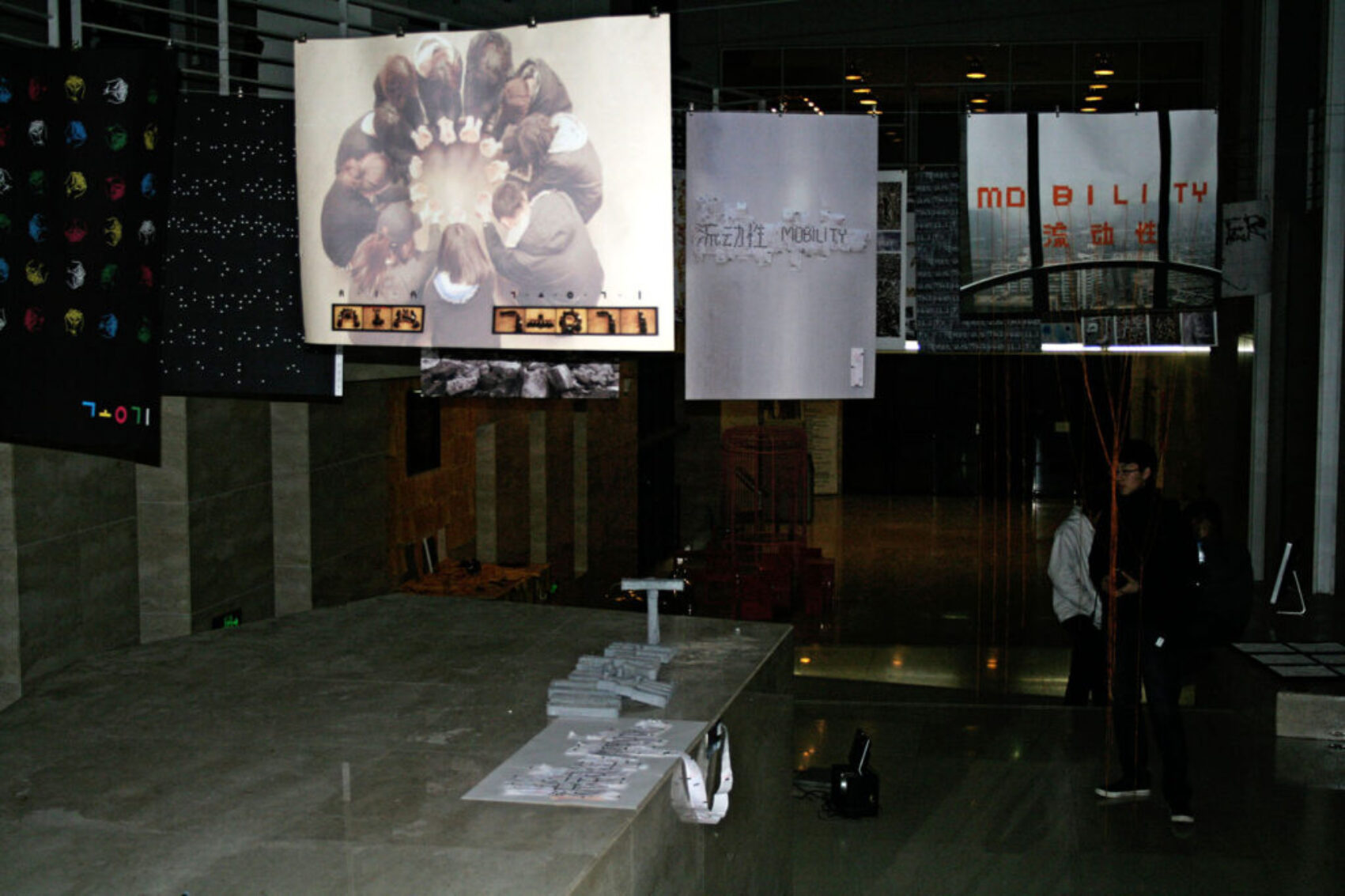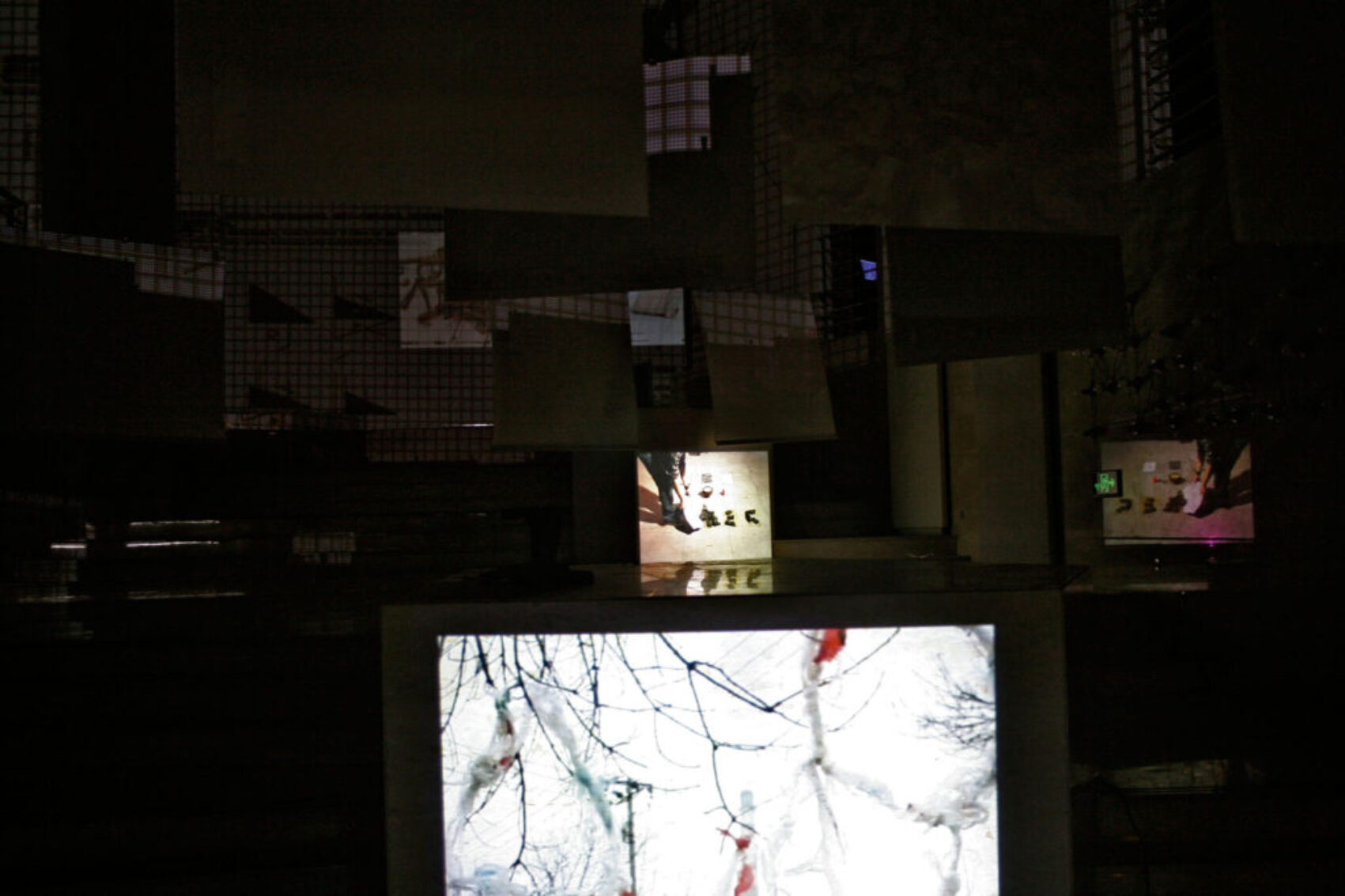research projects
Partizipative Wissenspraktiken in analogen und digitalen Bildarchiven (SNF 2021–2025)
Von 2021–2025 leite ich das Designforschungsteam im Projekt «Partizipative Wissenspraktiken in analogen und digitalen Bildarchiven», das vom Schweizerischen Nationalfonds gefördert wird (Gesamtleitung: Walter Leimgruber, Seminar für Kulturwissenschaft und Europäische Ethnologie Universität Basel und Leitung Team B: Peter Fornaro, Digital Humanities Lab Universität Basel).
Das Ziel des Projektes ist die partizipative Archivnutzung zu ermöglichen. Es werden digitale Werkzeuge entwickelt, die das Kontextualisieren, Verknüpfen und Kontrastieren von Bildern unterstützen. Am Beispiel des Fotoarchivs der Schweizerischen Gesellschaft für Volkskunde (SGV) soll ein Modell für die künftige Entwicklung von Forschungs-plattformen für die Digital Humanities entwickelt werden. Die Sammlung wird als wichtiges kulturelles Gedächtnis der Schweiz eingestuft und versammelt Bilder zu Themen wie Alltag und Lebensweise, Tradition und Identität. Parallel zum Design des partizipativen Archivs untersucht das Projekt die Phasen des analogen und digitalen Archivs aus wissensanthropologischer, technischer und kommunikativer Perspektive. Das Ziel ist die Analyse und systematische Beschreibung historischer und gegenwärtiger Archivpraktiken: Generieren, Speichern und Ver-mitteln von Wissen. Die Praktiken werden in ihrem komplexen Zusam-men-spiel von AkteurInnen, Instrumenten, Wissens-ordnungen und Visualisierungen exem-plarisch anhand von drei Sammlungen der SGV untersucht. Für die Werkzeuge zum Verknüpfen, Kontrastieren und Kontextualisieren von Bildern und ihren Metainformationen wird die physische Erschliessungsarbeit ins Digitale übersetzt. Die Anforderungen an die digitalen Werkzeuge werden in einer Reihe von Workshops mit künftigen Nutzenden analysiert und getestet.
Read PDF presentation
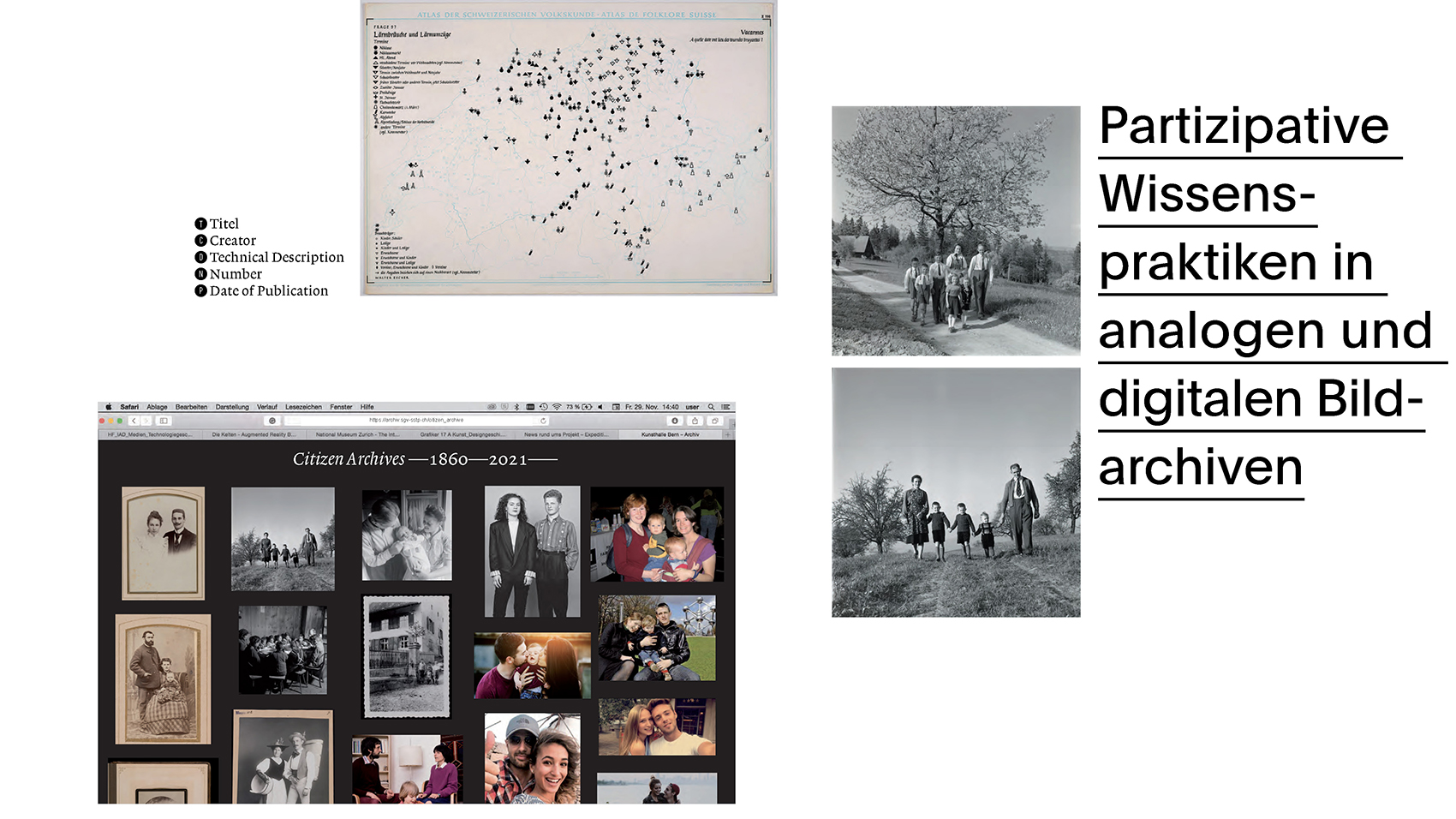
Digital Archives Reloaded: Schweizer Archive in der digitalen Transformation (Jan.-Dec. 2018, Bern University of Applied Sciences BFH)
I led the project on the digital transformation of the Swiss National Archives that was executed in close collaboration with the Institute for Innovation & Strategic Entrepreneurship at the Bern University of Applied Sciences (BFH). The project was funded by the Bern University of Applied Sciences BFH (Jan.-Dec. 2018.) In preparation for the Sinergia-project, the current state of research was reviewed, methodological approaches were developed and creative considerations for new, participatory approaches to the holdings of digitized photo archives on Swiss culture were developed. I have acquired extensive theoretical knowledge in the field of digital research on images and media. My extensive discussions with archives (Swiss Society of Folklore, Ringier Image Archive, Memoriav Association for the Preservation of the Audiovisual Heritage of Switzerland, Swiss Alpine Museum, Bern City Archive, Aargau State Archive) addressed the developing challenges and needs of archives and users.
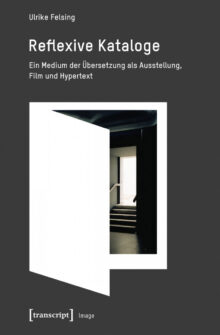
Reflexive Arrangements: The Catalogue as Exhibition, Film and Hypertext (2015–2018)
In my dissertation «Reflexive Arrangements: The Catalogue as Exhibition, Film and Hypertext»; I investigated forms of image linking, such as photographic sequences and hypertext-like structures, with a focus on how the medium of print differs from hyper-image and hypertext. One of the focal points was the critical examination of photographic material from anthropological archives, such as the archive of the Royal Museum for Central Africa Tervuren, Belgium. The material and medial differences between digital and analog photography were also examined in various academic articles (2016, 2017, 2019 MIT in press). Supervisors: Dr Beatrice von Bismarck, Academy of Fine Arts Leipzig; Dr Claudia Mareis, Academy of Art and Design Basel.
https://www.transcript-verlag.de/author/felsing-ulrike-320026428
Knowledge Visualizations in Chinese and Western Cultures (SNFS 2010–2015)
Within the scope of a five-year SNFS project, I have achieved substantial knowledge in the interdisciplinary collaboration with sinologists from Institute of Asian and Oriental Studies (University of Zurich) and with cultural scientists of the Chinese-German Art Academy, Hangzhou. In addition, I have extensive experience in the coordination of integrated planning processes in interdisciplinary collaborations. The project included a three-year research on Knowledge Visualizations in Chinese and Western Cultures.
At the center of this research are infographics from Chinese and western culture (2012–2015). Each of these graphics are linked to different methods of representation whose foundations are concepts anchored in culture and time. The research focused on comparing traditional Chinese and contemporary western methods of representation. The basic starting point for these observations arose from the fact that these comparisons of contemporary graphics were insufficiently legible, since the differences were sometimes too subtle, while others no longer existed.
The centerpiece of the research was the conception and creative development of new “visual translations.” By redesigning the infographics at hand, it became possible to perceive the essential differences between the diverse methods of representation. Various means and methods of design were developed for this process of visualization and “translation.” The research process closely combined practical design research (design and development, research through design), and scientific procedures (appropriation of knowledge, analysis, stating results). The goal of the research was to investigate how infographics are influenced by culture, by methodically comparing and contrasting traditional and contemporary sources, reflecting upon them through theory, and realizing them in practice. By comparing the two systems of representation the western-influenced conventions became very obvious, most particularly the linearity of depictions of time, and the fixed reading direction from left to right, as well as the continually homogenous grid. Among the major characteristics of the traditional Chinese system of reference are the open-endedness and mutability of symbolic space; time is understood as continual cycles such as time of day, season, and universal time. The traditional Chinese graphics examined could be considered visualizations of qualitative correlations between elementary, opposing forces, such as heaven and earth, light and dark. These are especially obvious in medical pictures of the human body. On the superficial visual level formal relationships to western graphics were most certainly observed. However, traditional Chinese medicine (TCM) is the foundation for the conceptual structures of Chinese graphics.
Another goal of the research was to contribute a reflective way to deal with differences and one’s own cultural influences, with regard to forms of representation. Here, the fundamental realization was that one’s “own,” familiar system of representation was not a given, but had to be regarded as culturally constructed. So it was assumed that both the western and Chinese systems of reference were “unknown.” Hence, they were provided with appropriate visual translations and explanations. Reflecting upon and making it possible to see (one’s own) cultural influences is relevant to information design, visual studies, and, in an expanded sense, for the disciplines involved in diversity research. Here, there are also parallels to the medical field, where concepts such as (Moro, 2011) require that therapists are conscious of their own cultural influences and can deliberately make use of certain explanatory models in their practice of therapy.
Research team: Ruedi Baur, Sébastien Fasel, Ulrike Felsing, Fabienne Kilchör, and Eva Lüdi Kong.
Read PDF presentation, part 1 and part 2
© Fotografien Emphase Lausanne/Bern
Designing multilingual typography (SNFS, 2010–2012)
The goal of this research was to develop methods for designing multilingual typography, specifically, for the interplay of Chinese and Latin characters. The most important results of the research were presented over 120 pages of a special issue of the. The new design methods, which can be used to help relate characters from “one’s own language” to those from another culture’s written language, are conveyed here through visual models: type specimen, text visualization, annotations in books, and examples created by Chinese designers. The research also contains specific practical applications in the communications field. In collaboration with our partners, Swissnex and the ETH Zürich, a communications design concept (programs, invitations, informational flyers, posters) was developed for the Expo 2010 in Shanghai, as part of the Future Cities, Sino-Swiss Science, Industry, and Government in Dialogue conference. A supplement was produced for the magazine published for the Culturescapes Festival. The design phase was supported by free typographic experiments, such as the Typo Bâle project, which was presented in an exhibition at the Unternehmen Mitte in Basel. Through its work with Chinese partners, the project group learned to work with great sensitivity on the issue of culturally determined patterns of perception. Reflecting upon how culture leaves its mark on typographic representations is highly significant to the practice of design, as well as to Sinology and the research of the written word in general.
Die Forschungsarbeit, deren wichtigster erster Output die Publikation «Typografische Monatsblätter» ist, hat für die Praxis der visuellen Kommunikation auf drei Ebenen essentielle Bedeutung:
Die Kommunikation von Grundregeln der multilingualen Typografie im Bereich der Detailtypografie wie auch der komplexen Typografie wird in der globalen Designszene auf einen grossen Bedarf stossen, sehen sich doch mehr und mehr Unternehmen mit dem Problem konfrontiert, fremd- oder mehrsprachige Kommunikationsmedien konzipieren zu müssen. Ihnen soll unsere Forschung praktische Grundlagen und Hilfeleistung für die schwierige Aufgabe bieten. Und dies nicht nur für Europäer: genauso sollen, unterstützt durch die dialogische, multilinguale Konzeption, chinesische Bedarfsträger davon profitieren.
Ebenso geht es um die Kommunikation interkultureller Verantwortung, welche die Globalisierung von Gestaltern abverlangt. Es sollen die notwendigen philosophischen und ästhetischen Parameter vermittelt werden, die nötig sind, um erfolgreich in und mit einem heterogenen kulturellen Kontext Gestaltung zu betreiben.
Des weiteren sollte unsere Forschung auch als Versuch gesehen werden, den Diskurs über Schrift, Zeichen und Kommunikation interdisziplinärer zu gestalten. Vor allem für die Sprach- und Kulturwissenschaften wird unsere Publikation eine Bereicherung darstellen. Hier können sprachliche und kulturelle Aspekte der Schrift einmal in komprimierter und kritisch-fundierter Form aus der typografischen Perspektive erfahren werden.
Research team: Ruedi Baur, Sébastien Fasel, Ulrike Felsing, Wu Jie, Jeannine Moser, Nathalie Bao-Götsch, Roman Wilhelm.
01 Typografische Monatsblätter
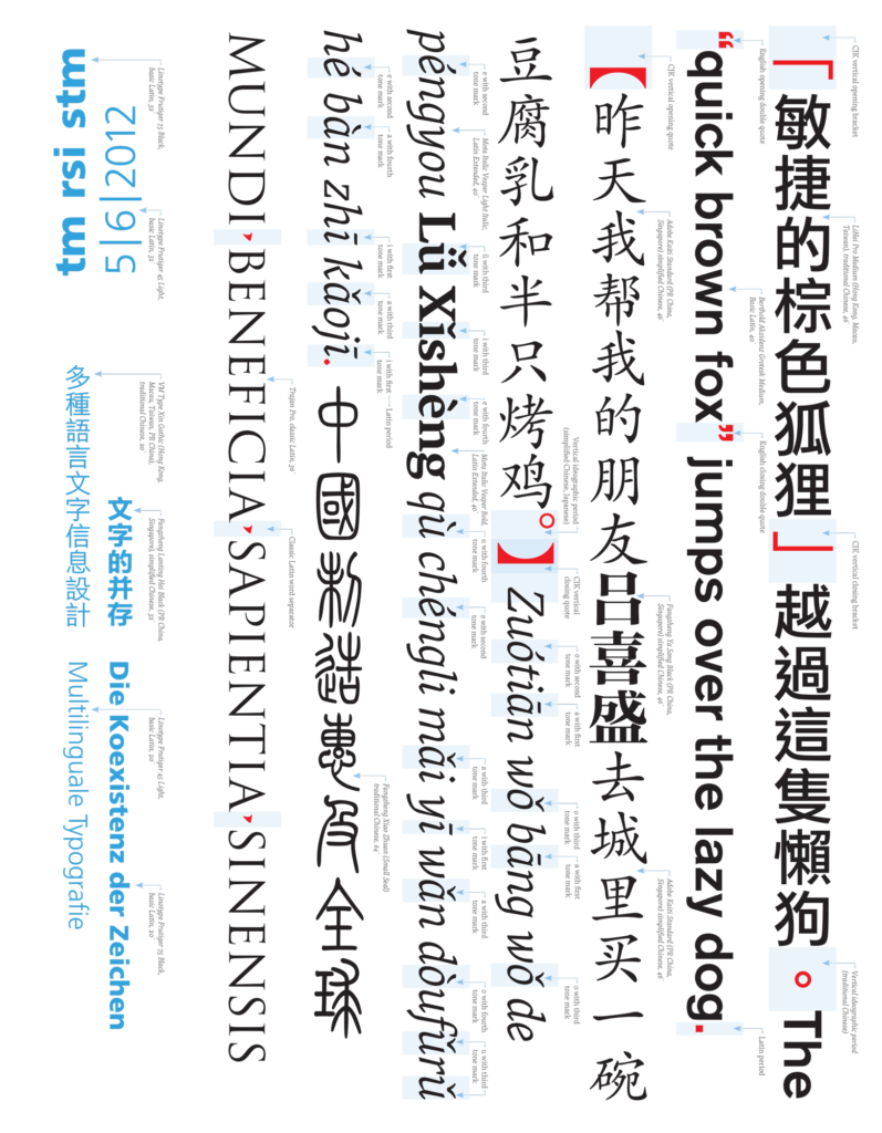
03 Expertentreffen Hong kong
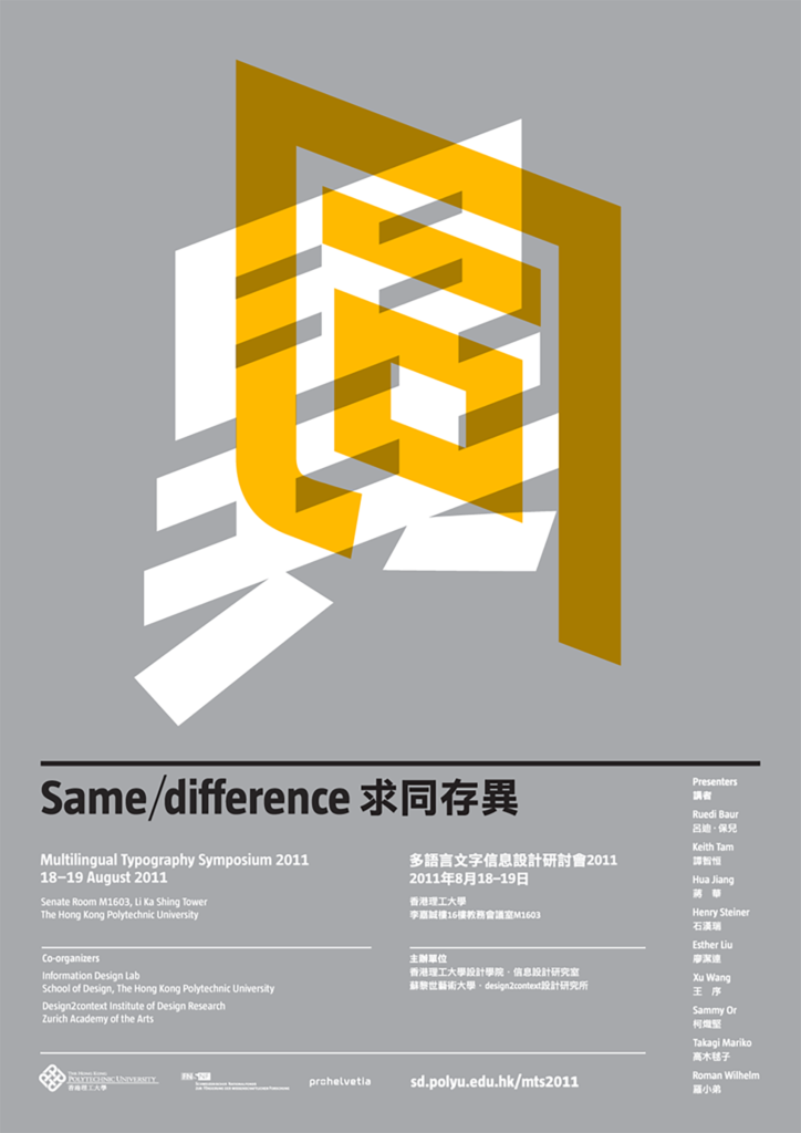
04 Dialogue Between China and the West
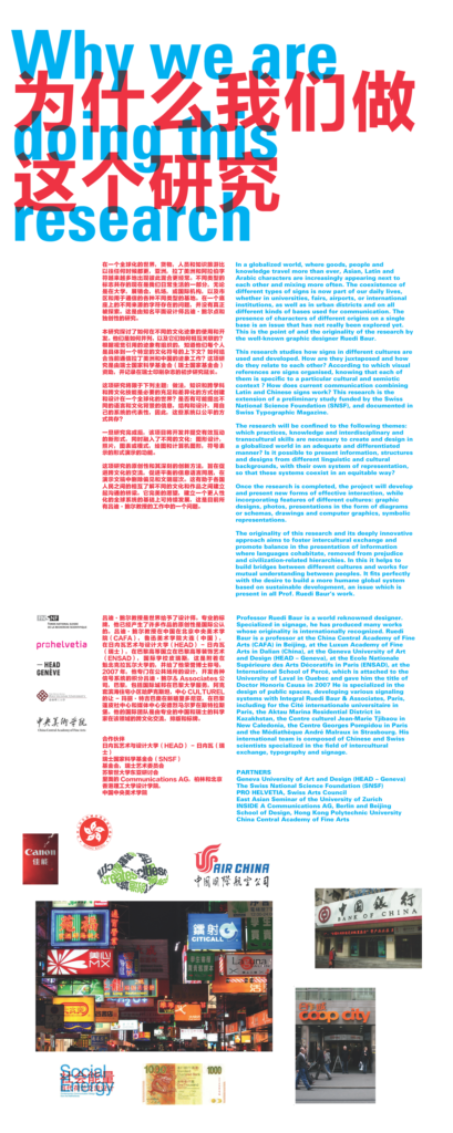
06 Swissnex Shanghai
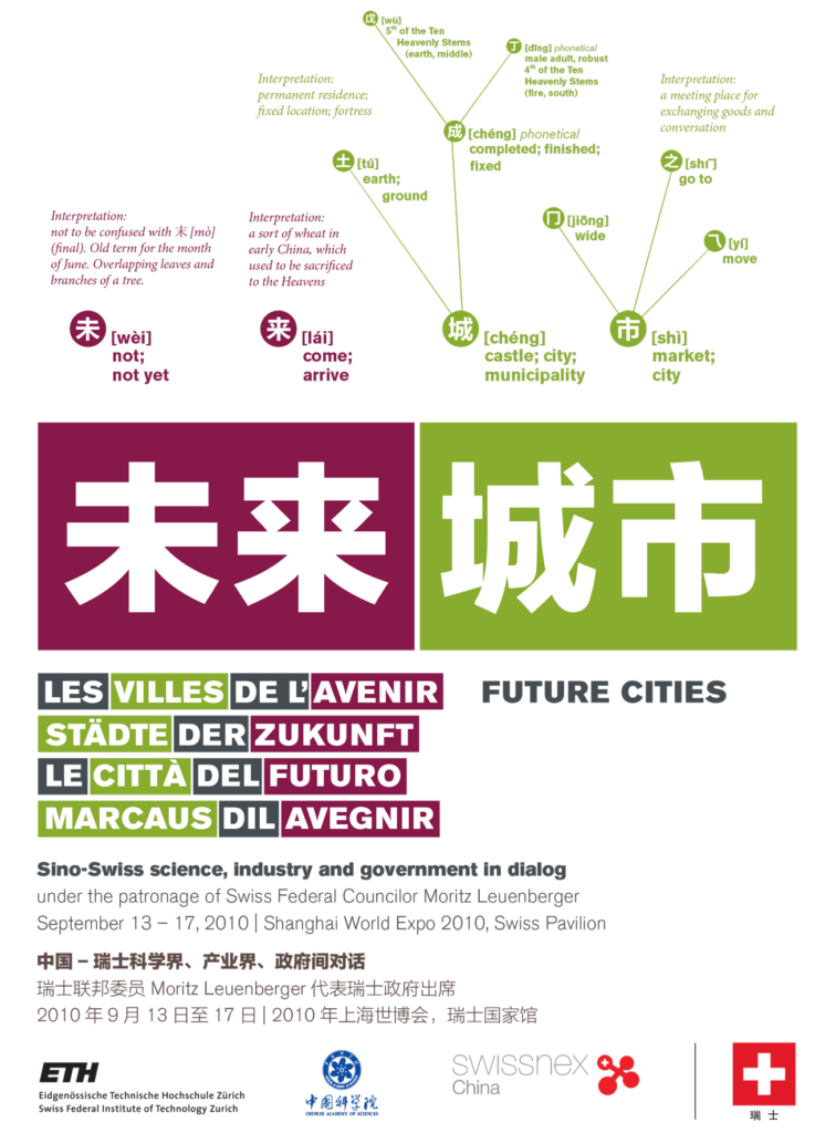
08 Symposium Swiss Chinese Cultural Explorations
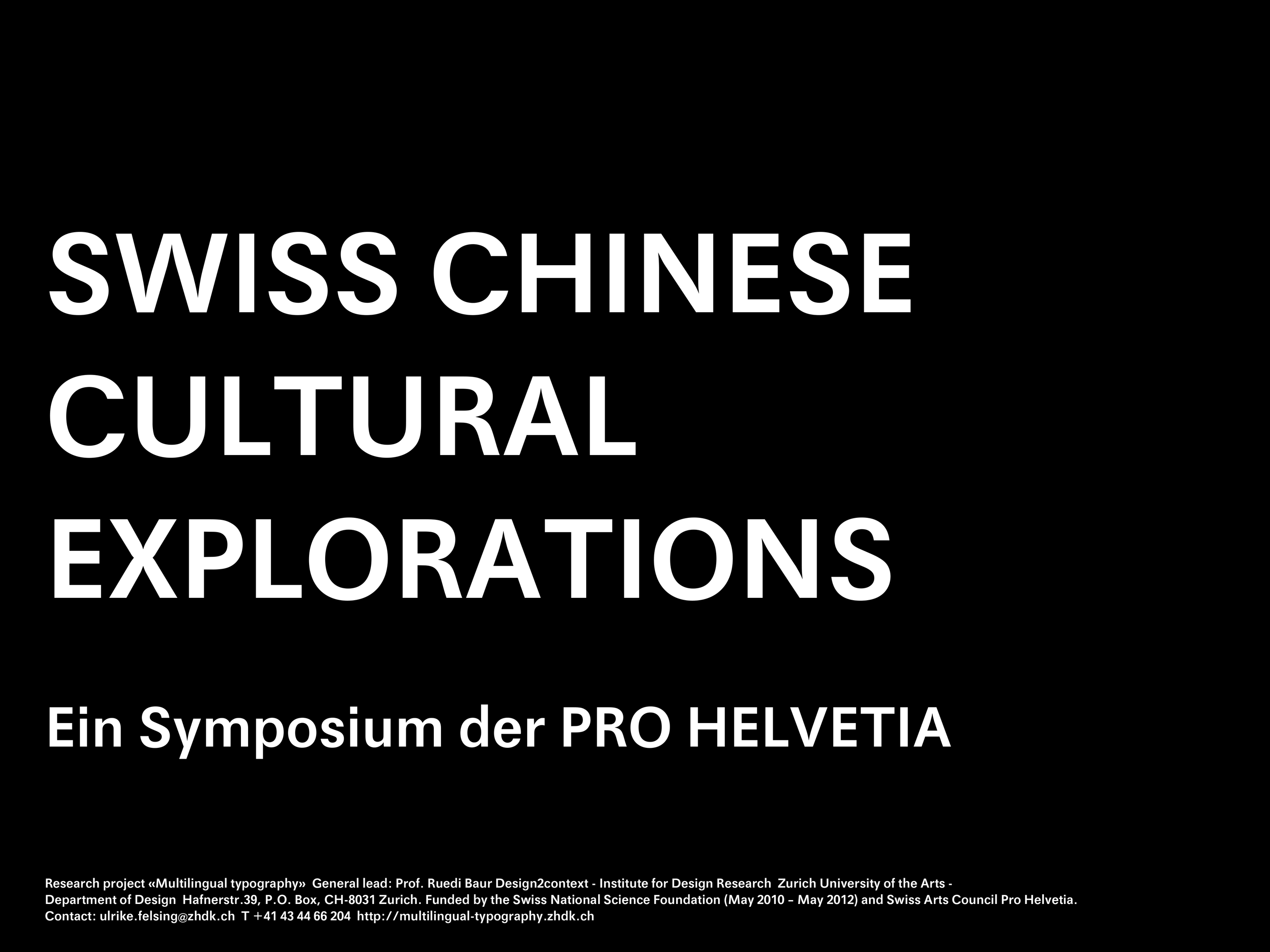
09 Zodiak
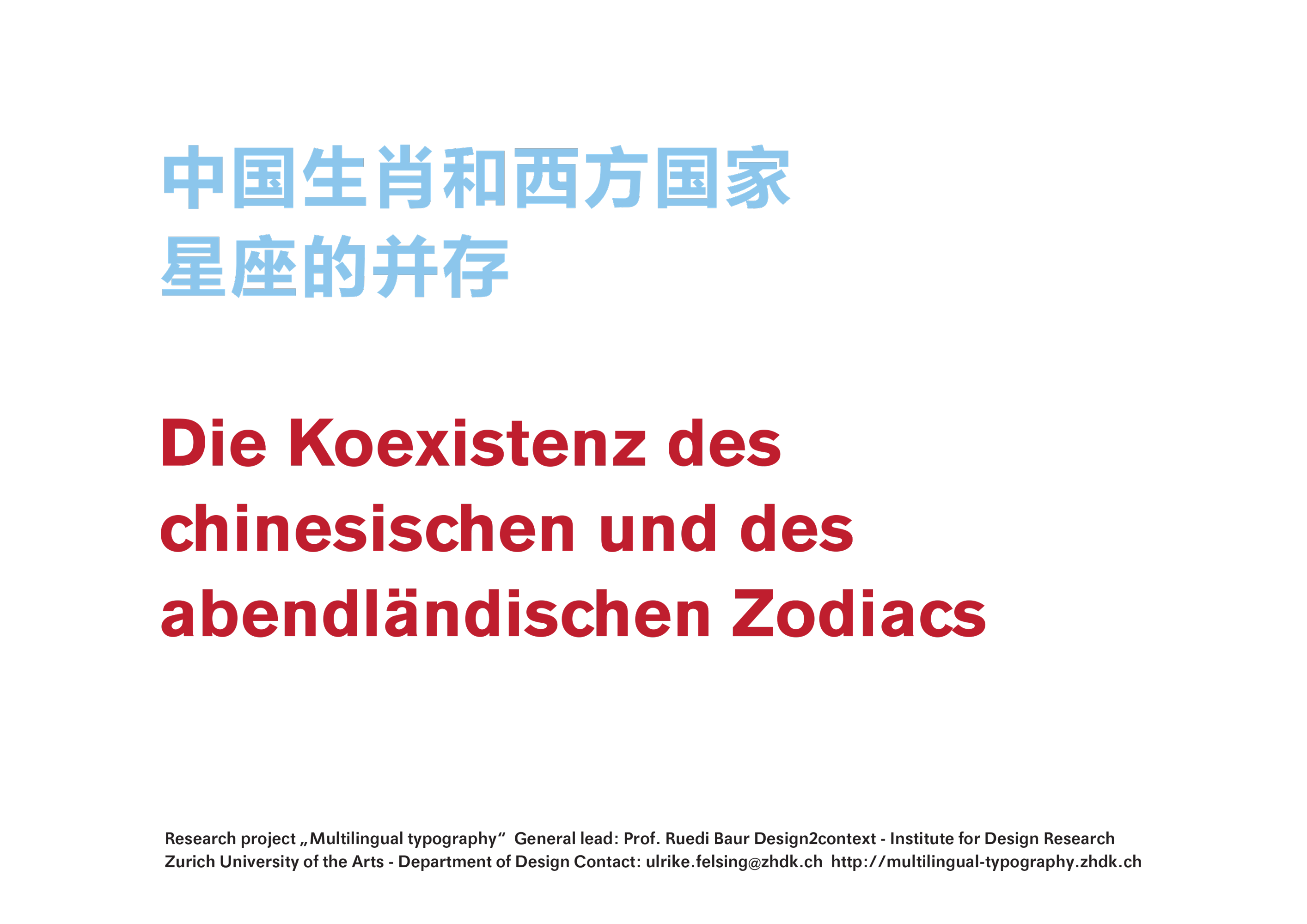
Workshop series at 5 Chinese universities (Hong Kong, Nanjing, Hangzhou, Dalian, Beijing; Swiss Arts Council Pro Helvetia, 2008–2010)
The SNFS research is based on a series of workshops conducted at five Chinese art schools: In March 2009 at the School of Design of the Hong Kong Polytechnic University; in April 2009 at the School of Design of the Nanjing Art Institute; in October 2009 at the China Academy of Arts, Hangzhou; in November 2009 at the Luxun Academy of Arts, Dalian; in March 2010 at the Central Academy of Arts, Beijing. In November 2007, moreover, a workshop was conducted at the Design Department of the Zurich University of the Arts. The workshop series at Chinese art schools was funded by the Swiss Arts Council Pro Helvetia in connection with the cultural program “China 2008–2010.”
Read PDF presentation
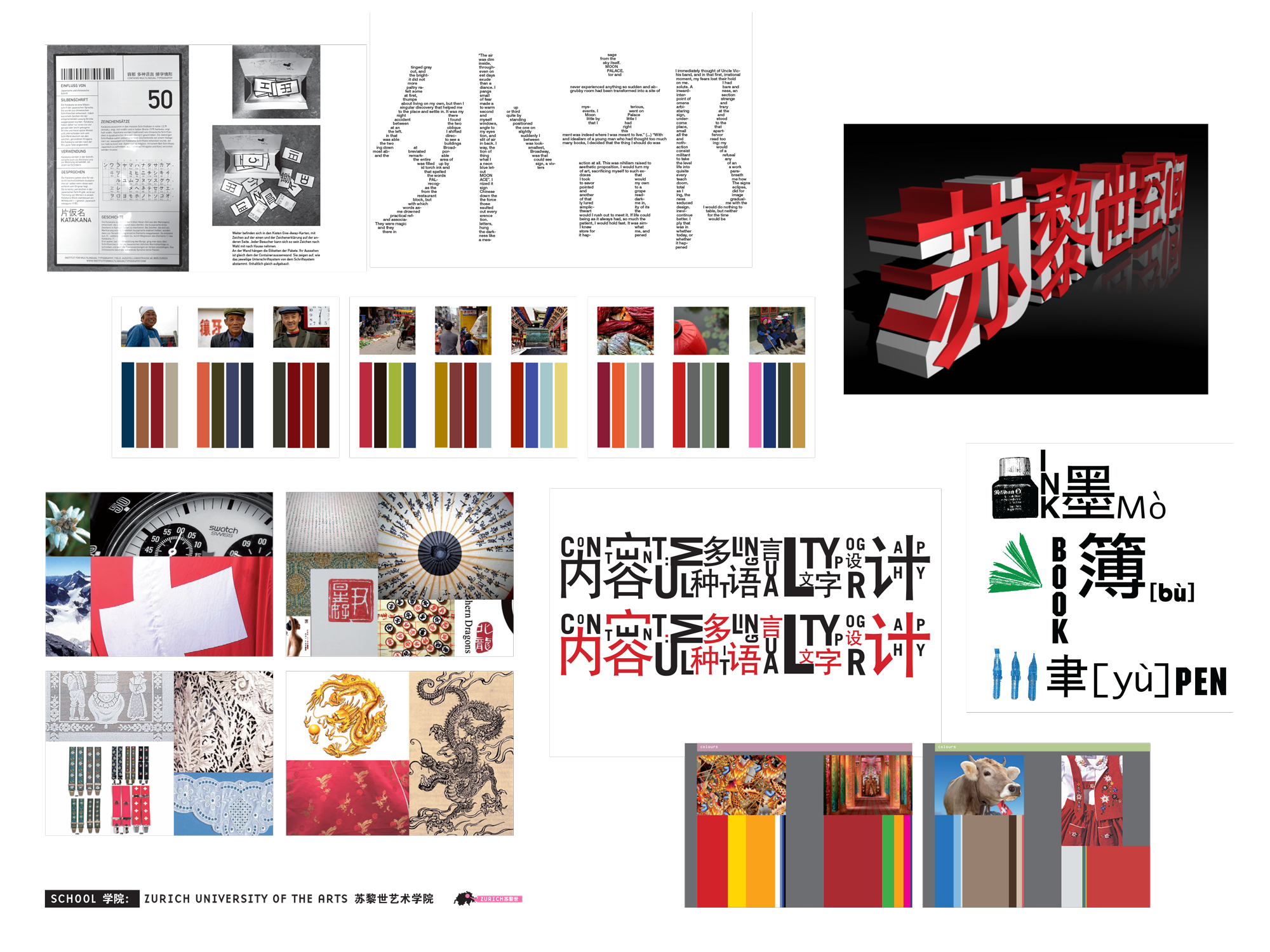
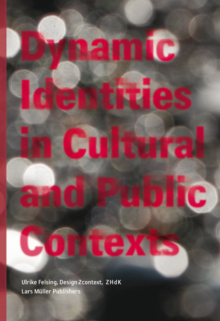
Dynamic Identities in Cultural and Public Contexts (2006–2008)
As part of her post-graduate work in MAS Design Culture, Ulrike Felsing has examined processes for developing flexible logos for public institutions that provide alternatives to conventional corporate design. Flexible logos are distinguished by mutability, relation to context, processuality, coherence and diversity. Case studies on designers such as Karl Gerstner, Gerd Dumbar, and Ruedi Baur serve to deepen the analysis. Due to their design principles, flexible logos have much in common with diversity-supportive corporate design.
Read PDF presentation
